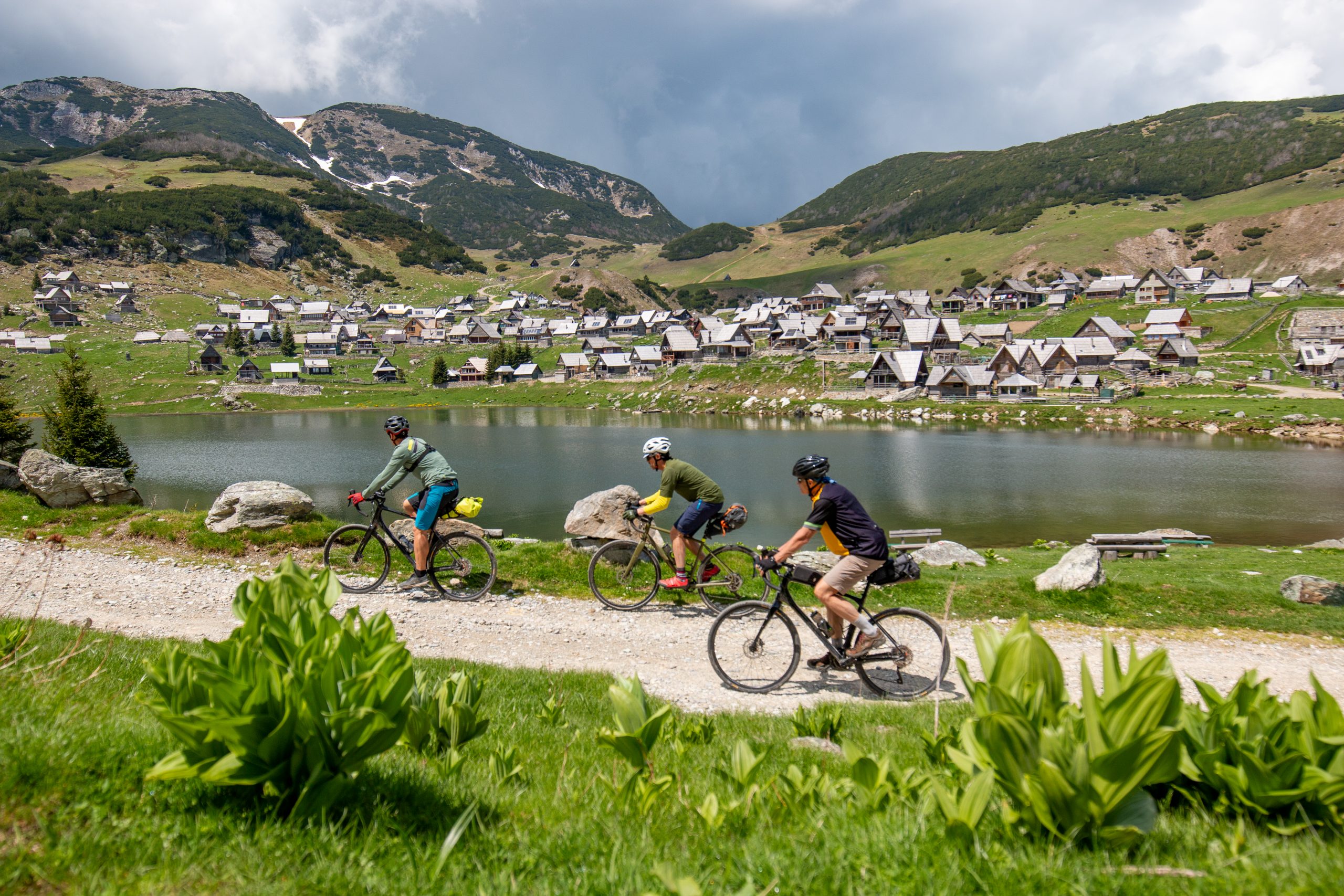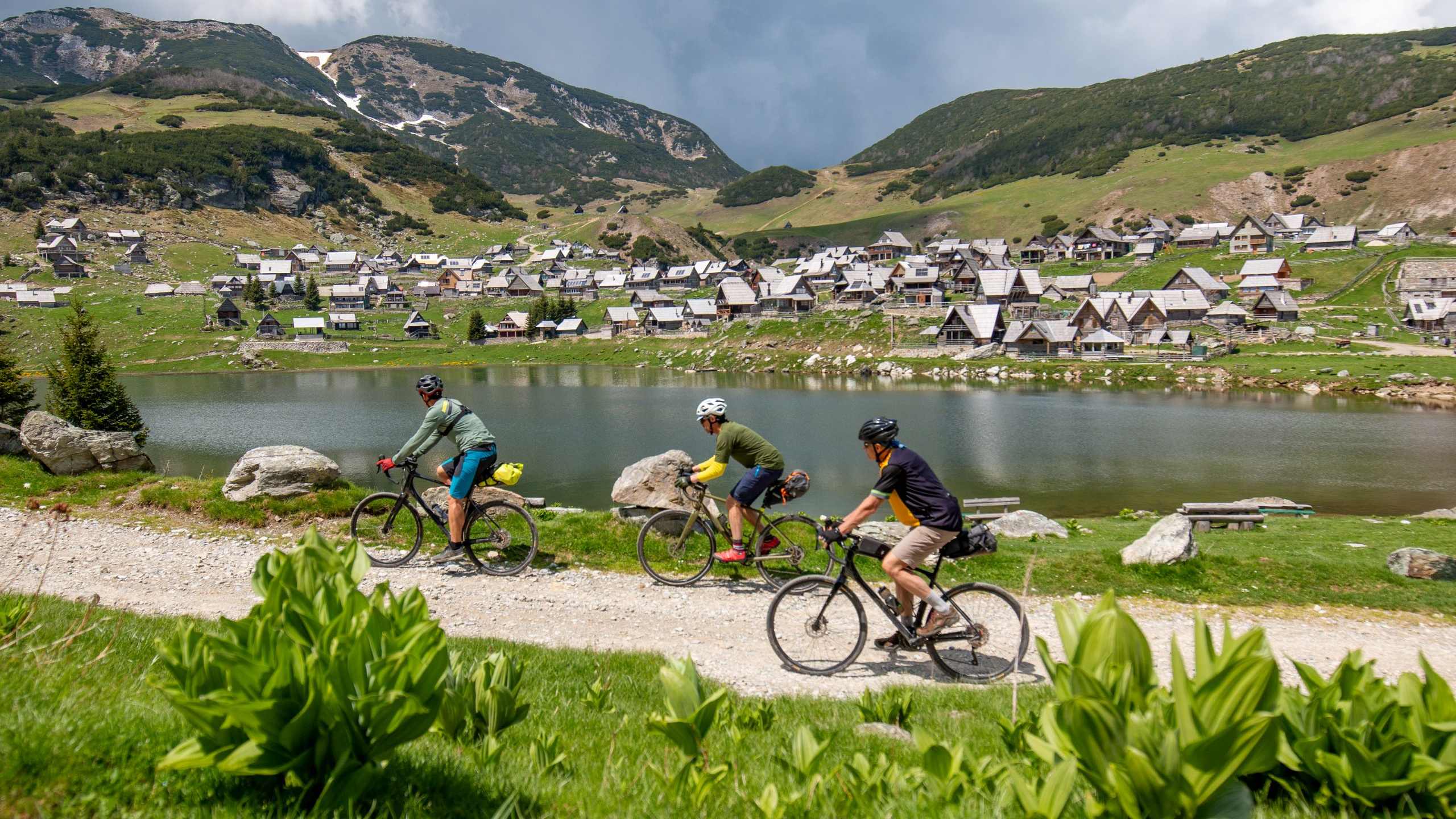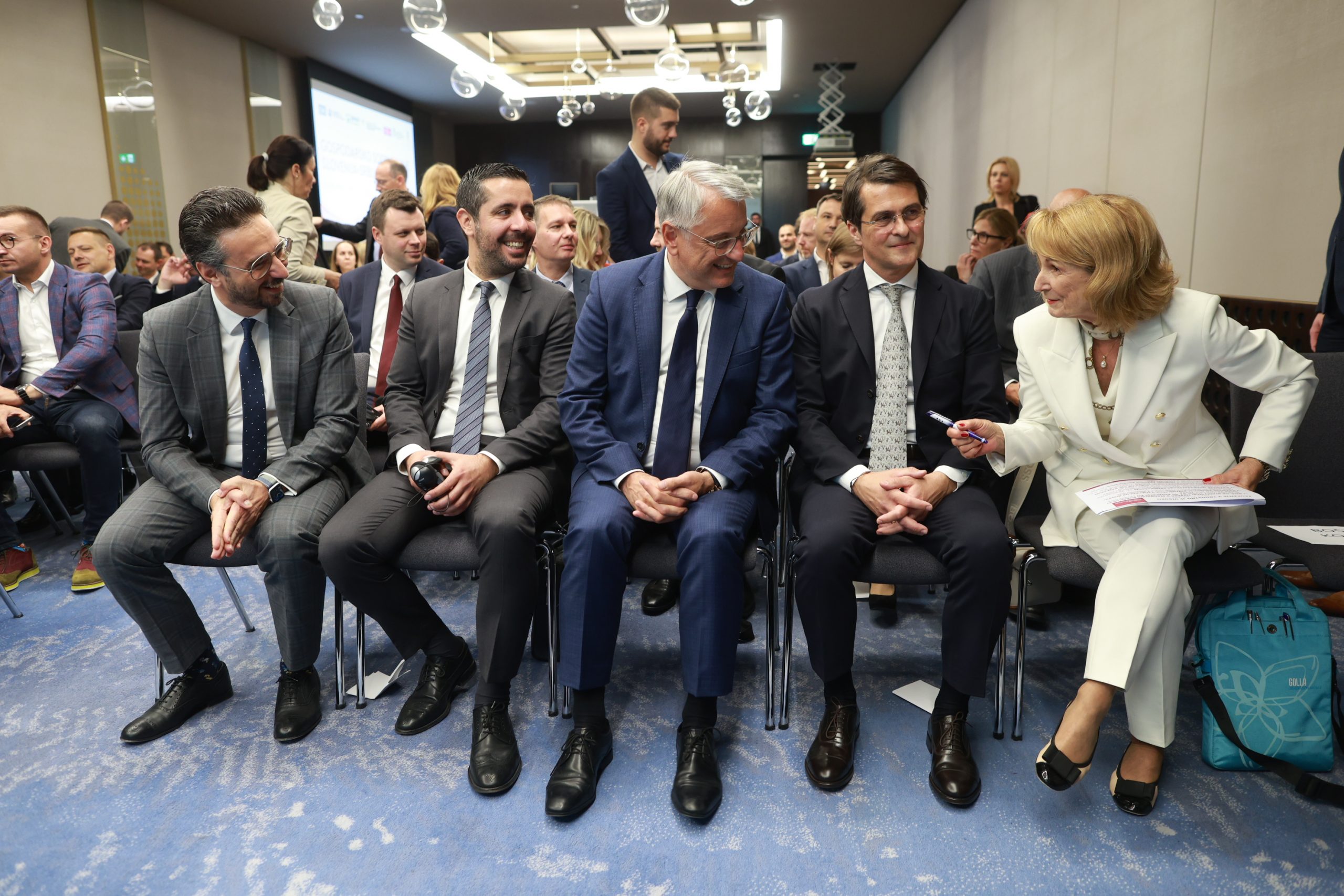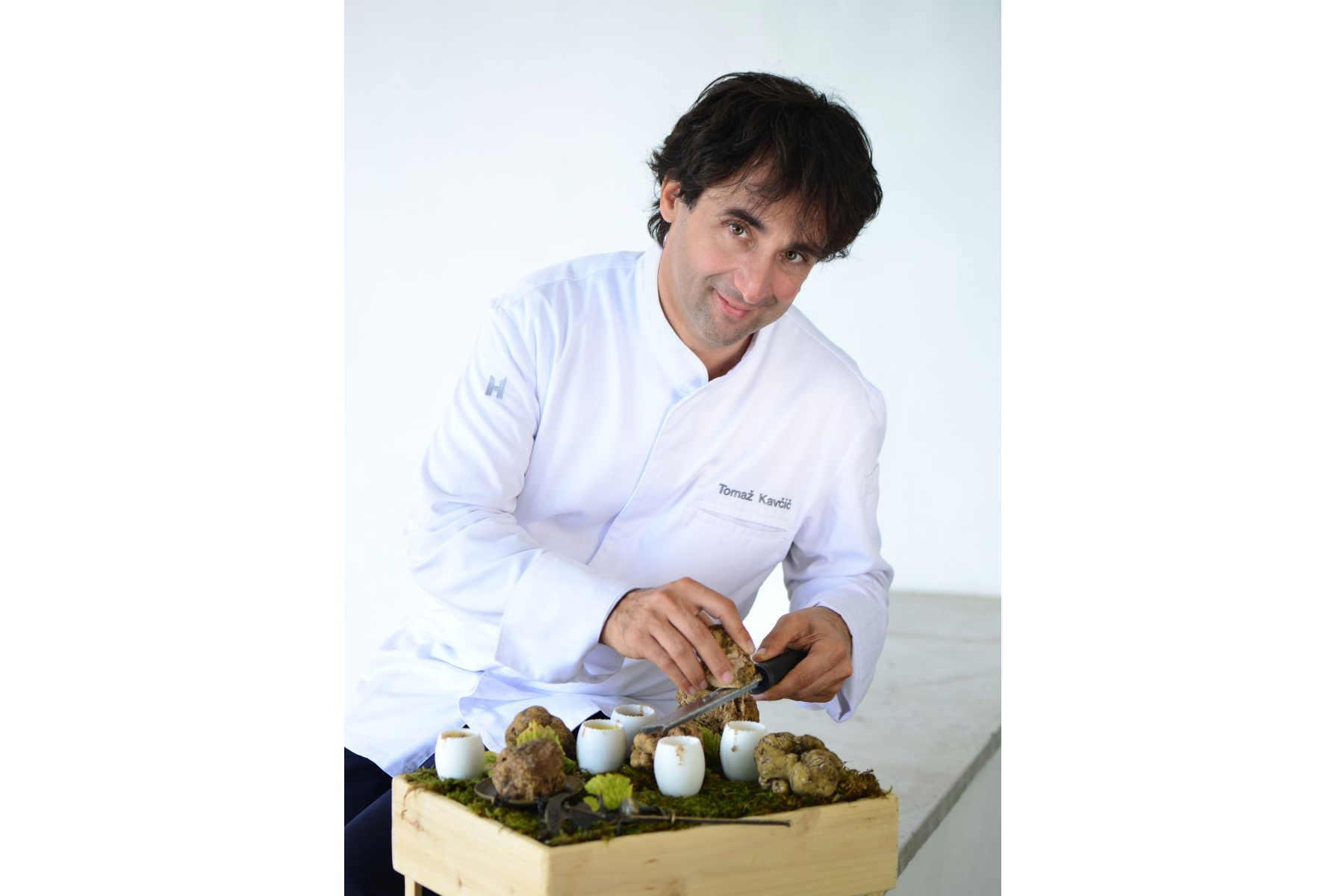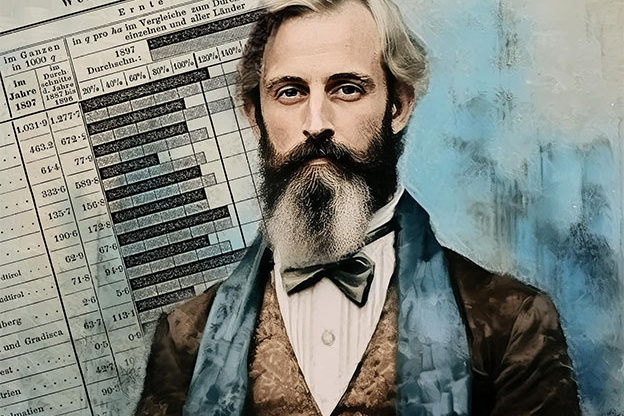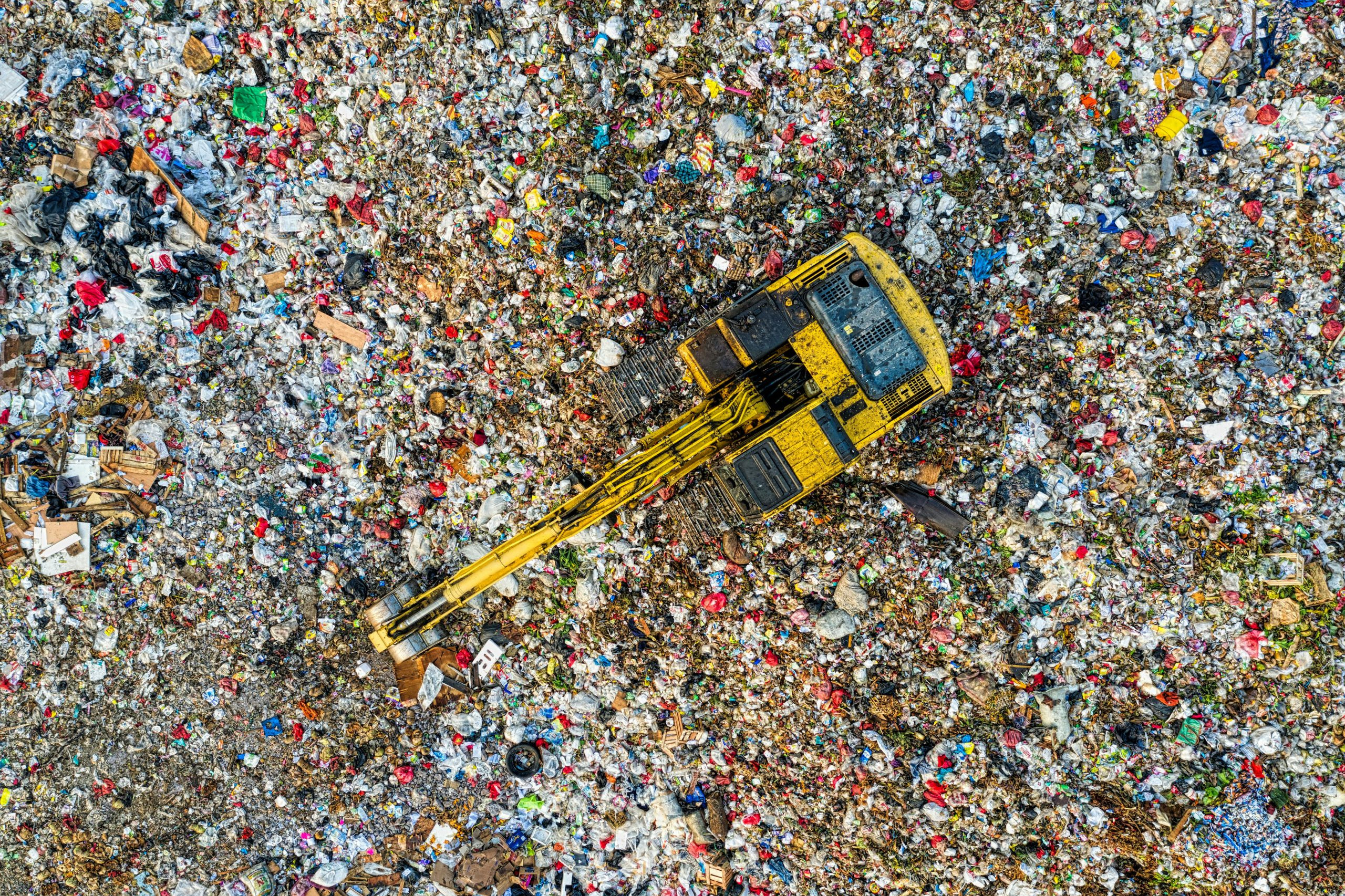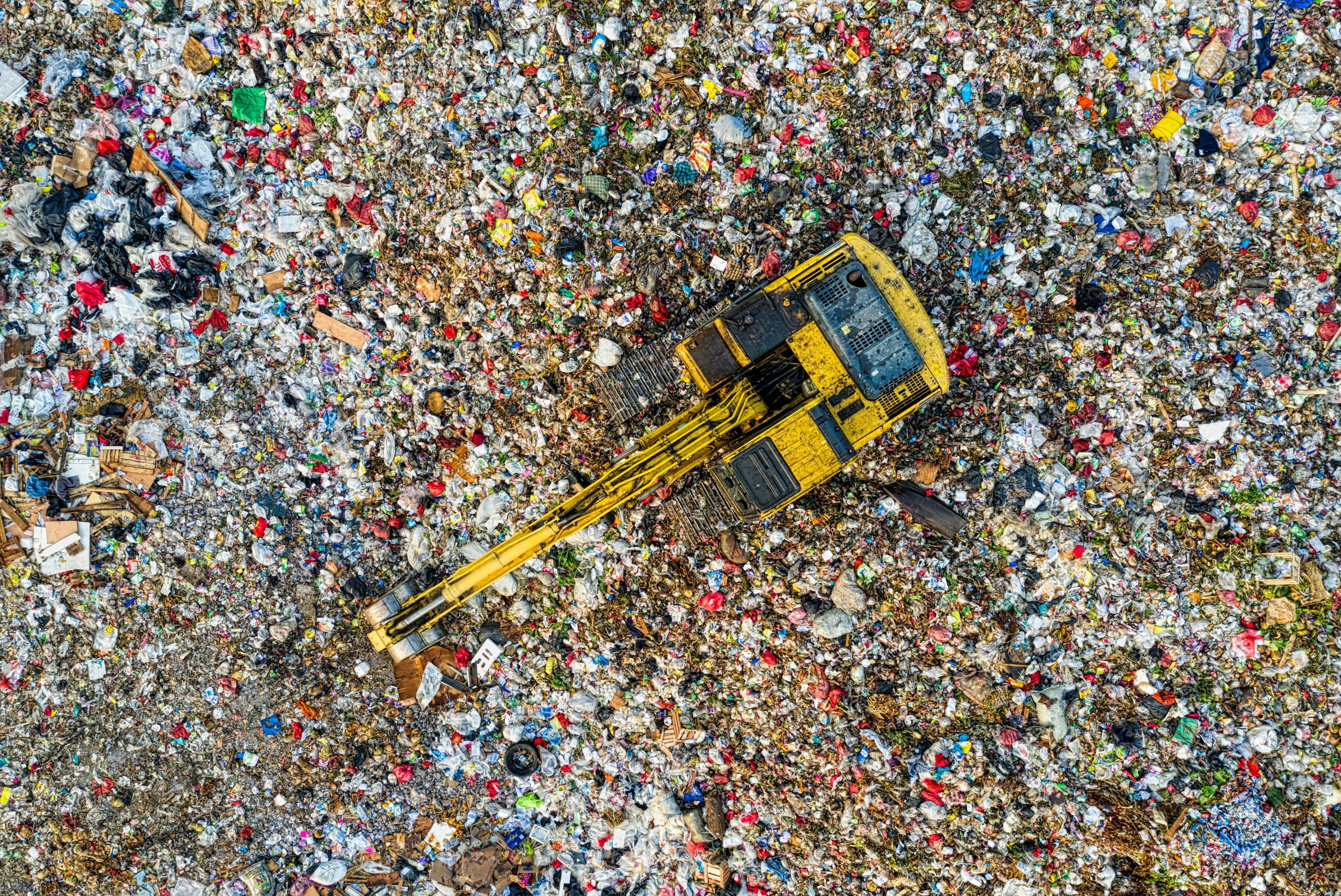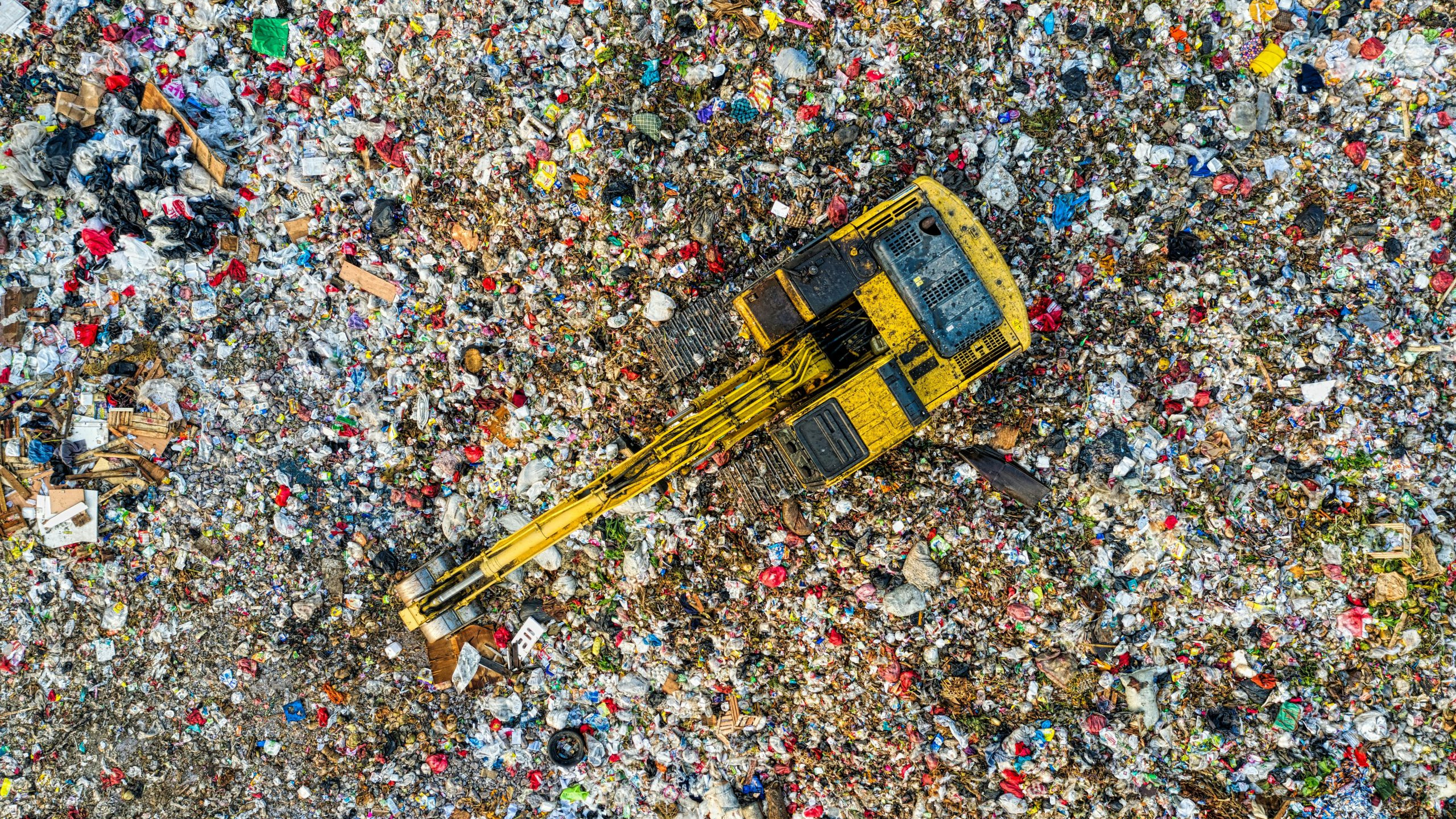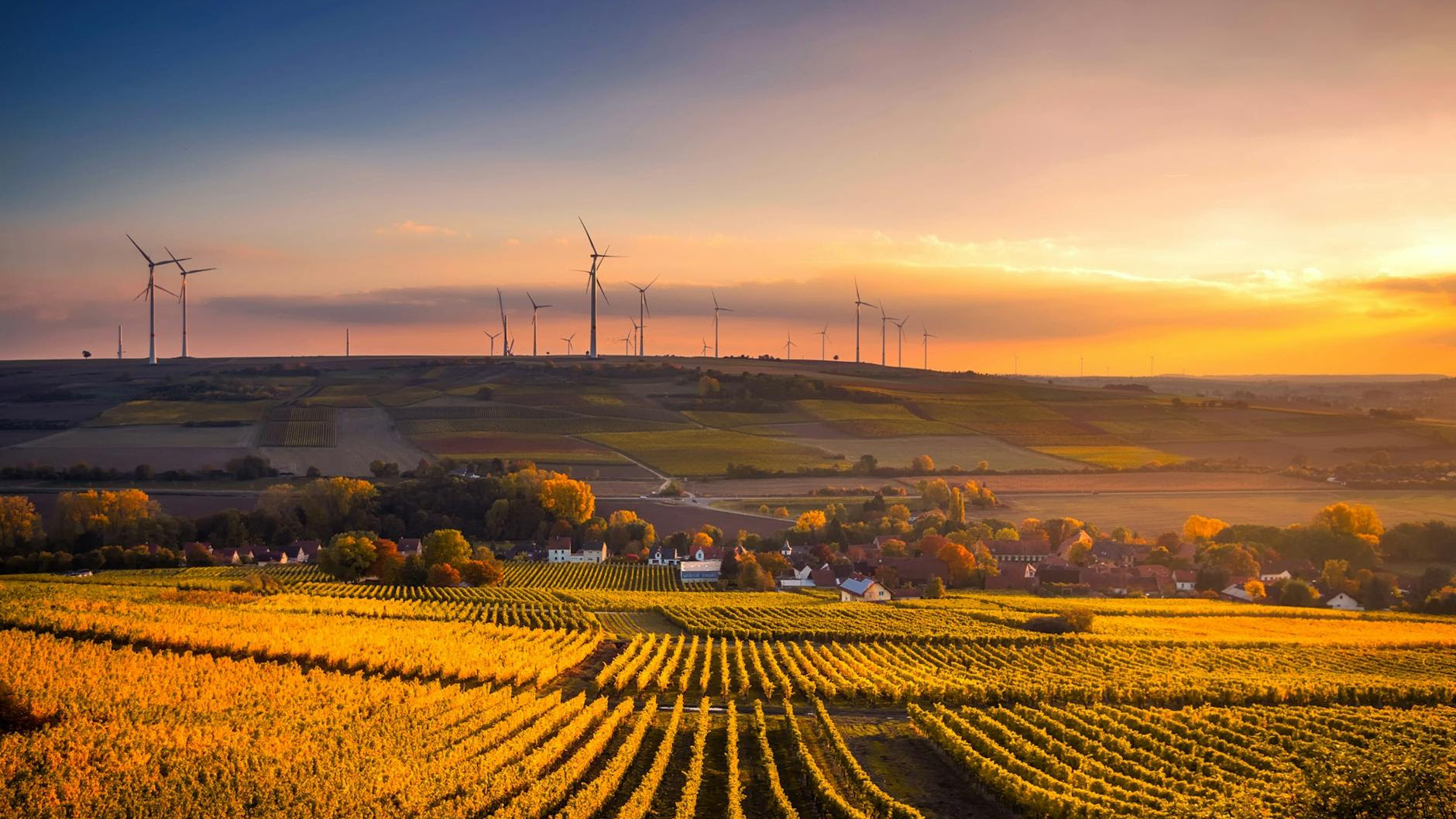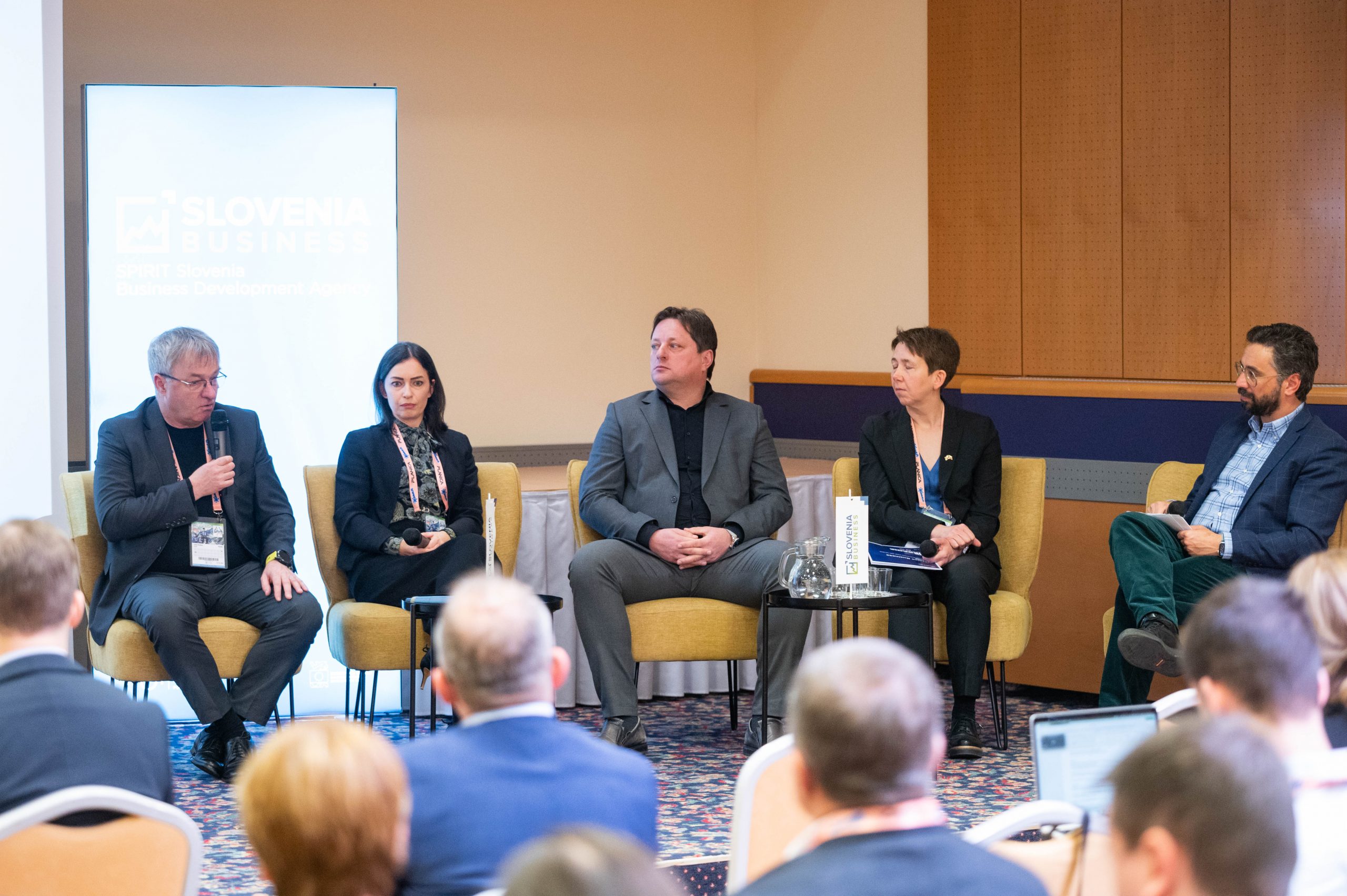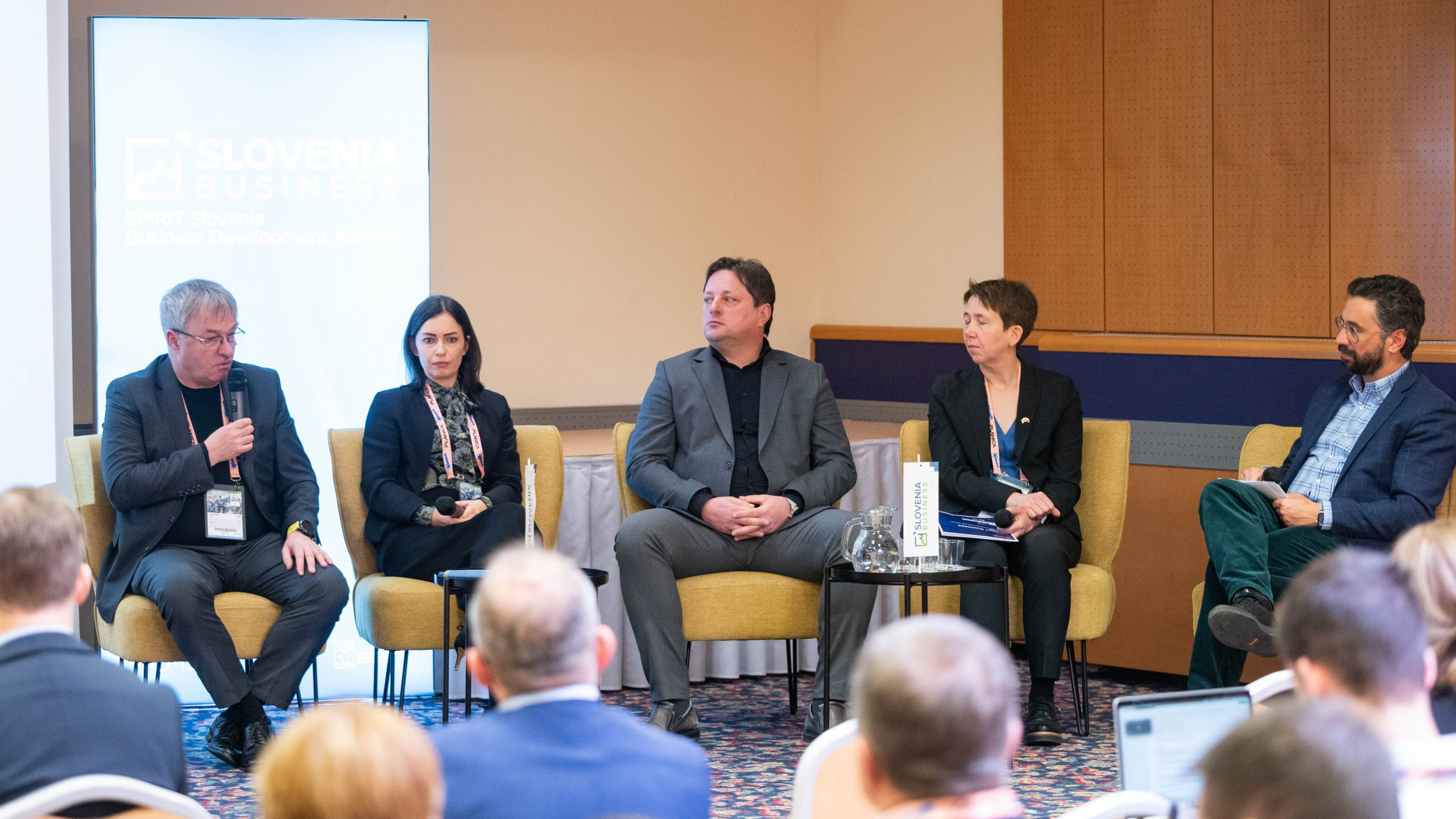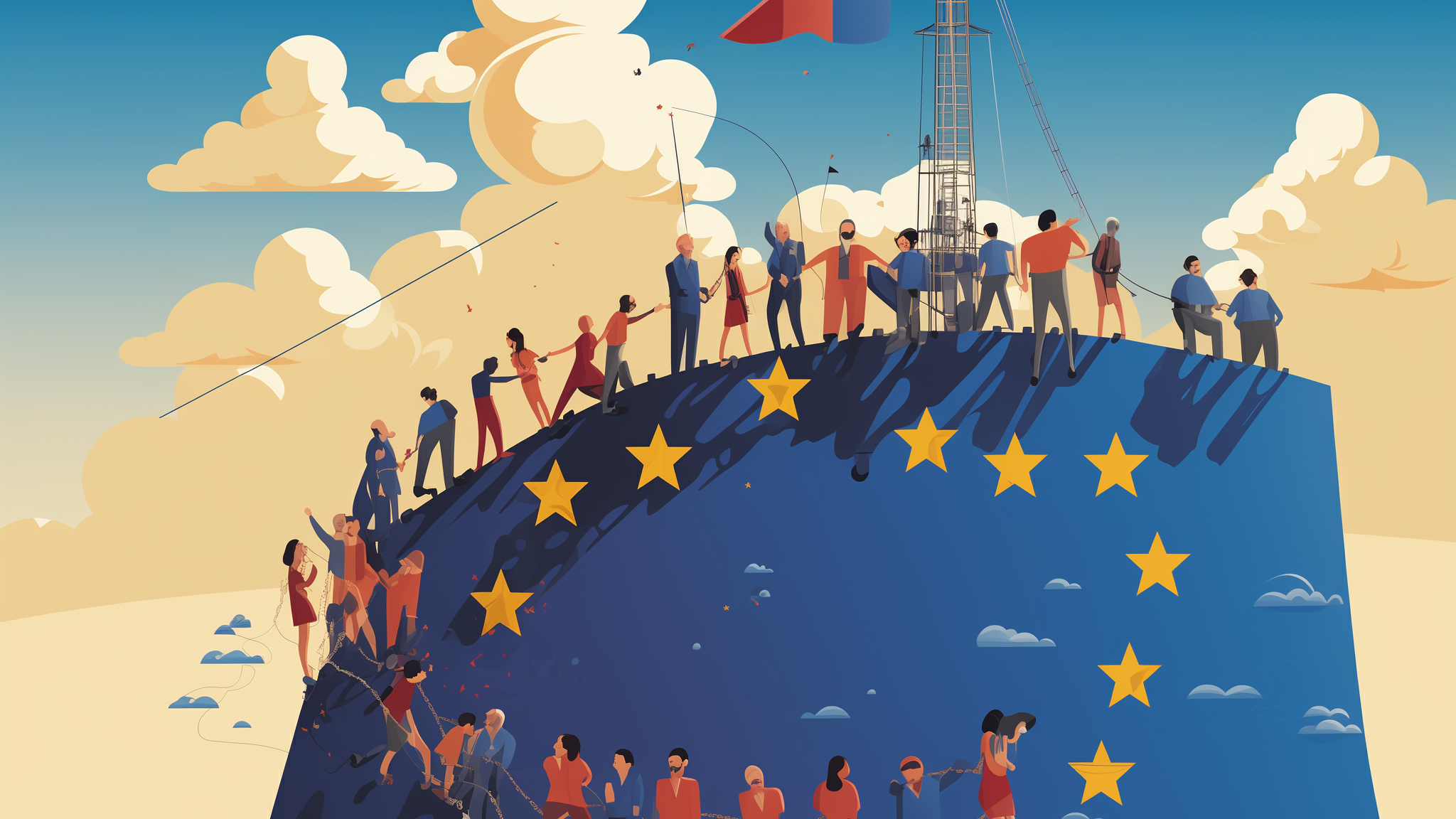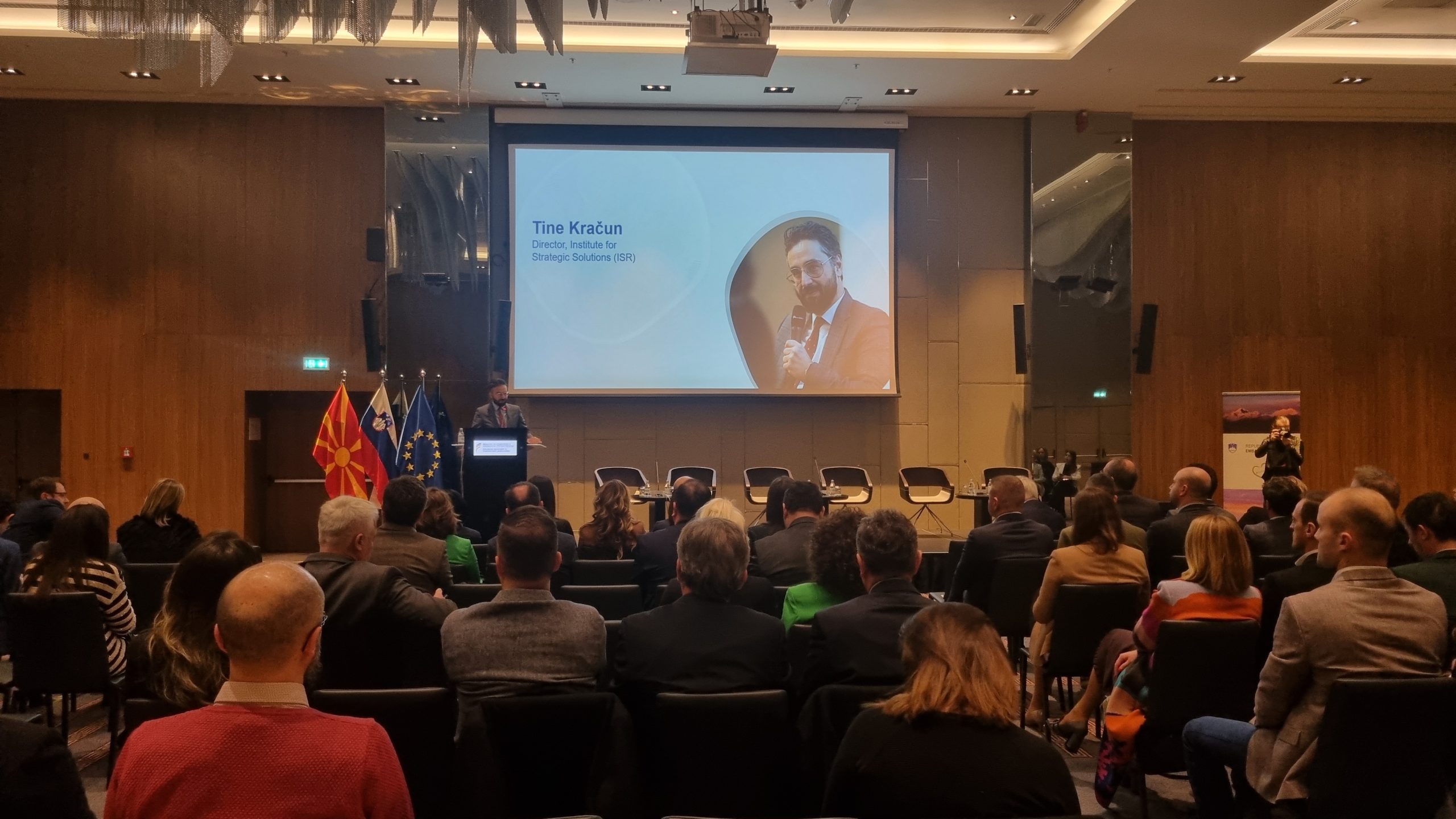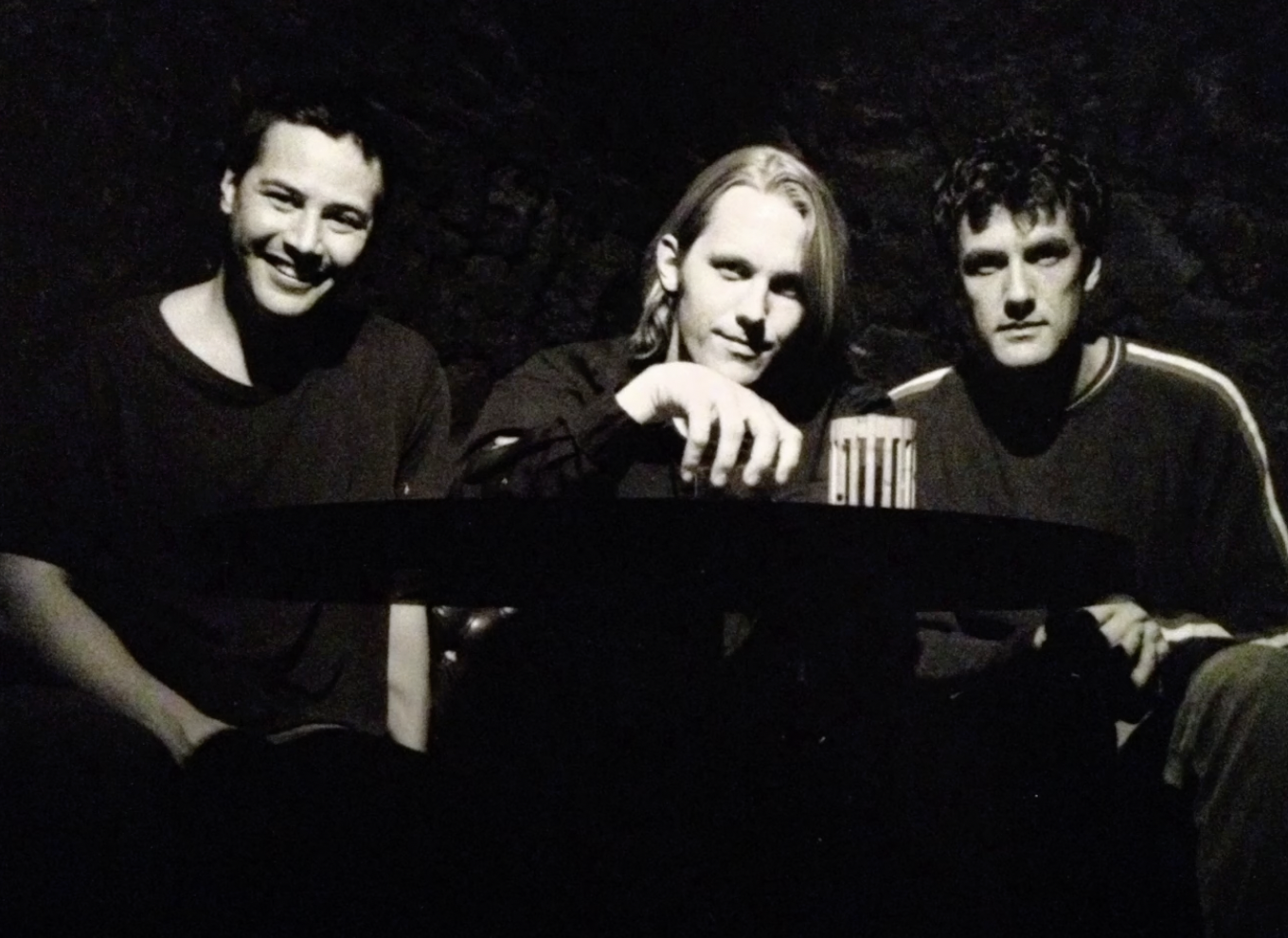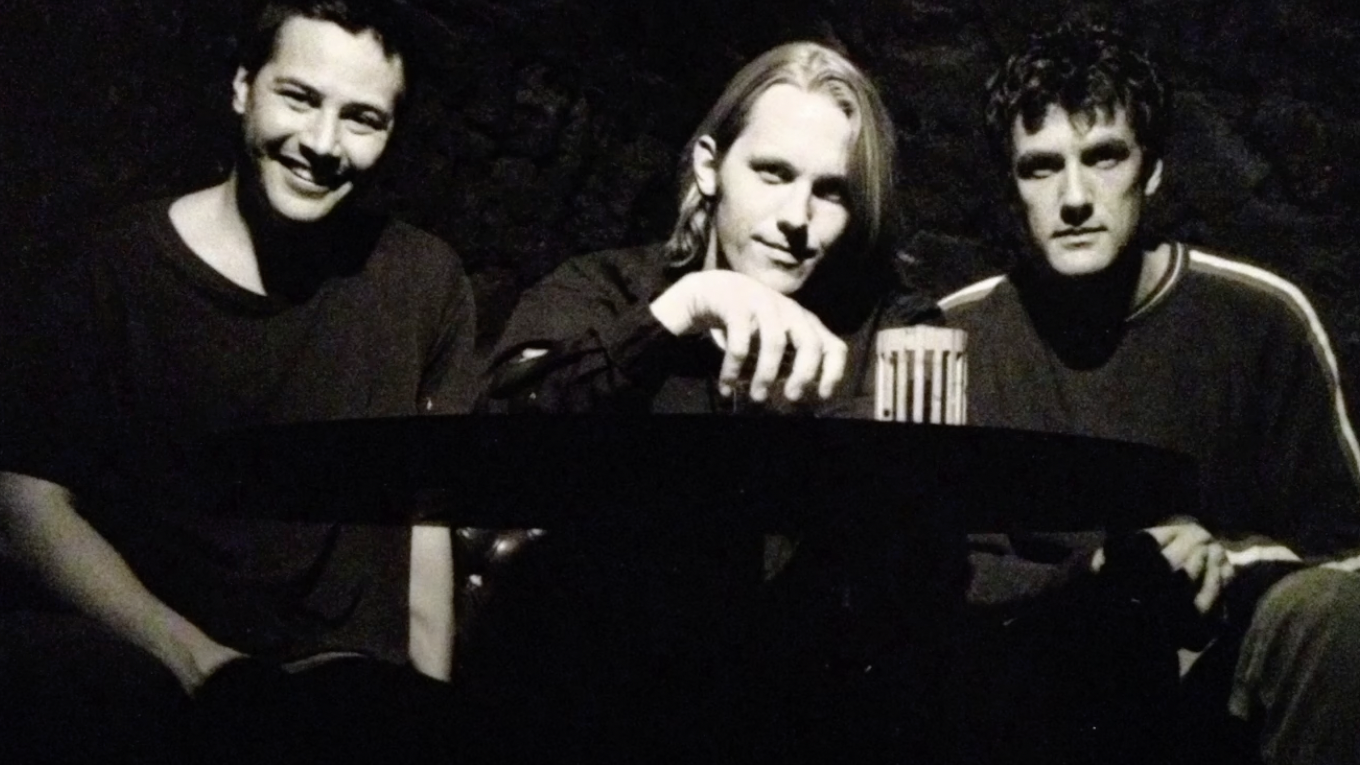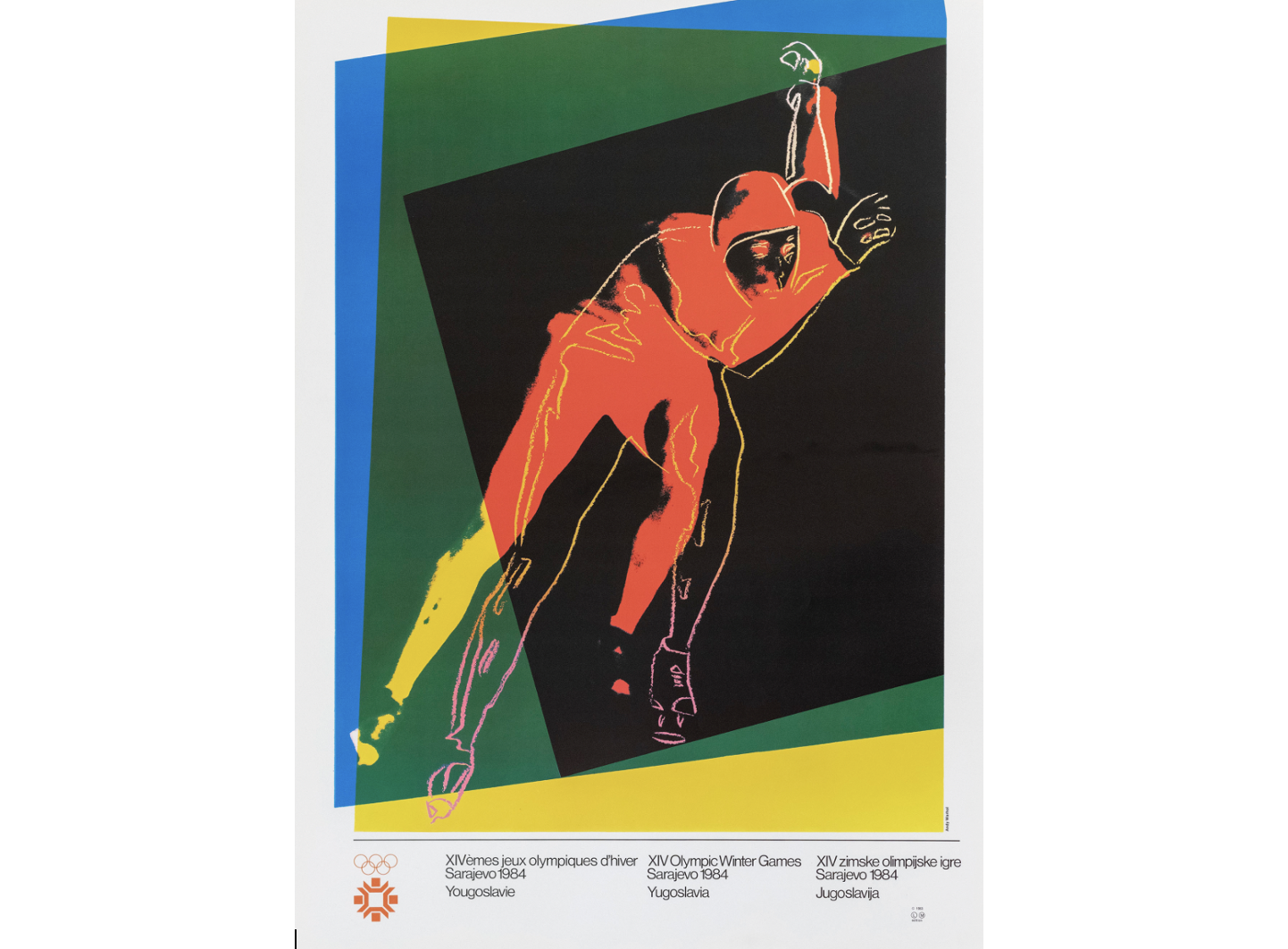A Cycling Odyssey through the Western Balkans
editor
Maja Dragovic
Photos by Matevž Hribar
In the ever-evolving landscape of global travel, where adventure intertwines with sustainability, one cycling route stands out as a beacon of exploration. The Trans Dinarica Cycle Route, an ambitious trail spanning all eight countries of the Western Balkans, has garnered well-deserved recognition as one of Lonely Planet's Best in Travel experiences for 2024.
This 3364-kilometer (2090-mile) odyssey beckons with the promise of breathtaking landscapes, cultural immersion, and sustainable exploration. Winding its way through Slovenia, Croatia, Bosnia and Herzegovina, Montenegro, Albania, North Macedonia, Kosovo, and Serbia, the Trans Dinarica unveils a tapestry of mountain ranges, the azure embrace of the Adriatic Sea, and the serenity of lakes and rivers. The route, carefully curated for exploration of UNESCO sites, national parks, and villages, embodies a commitment to responsible travel.
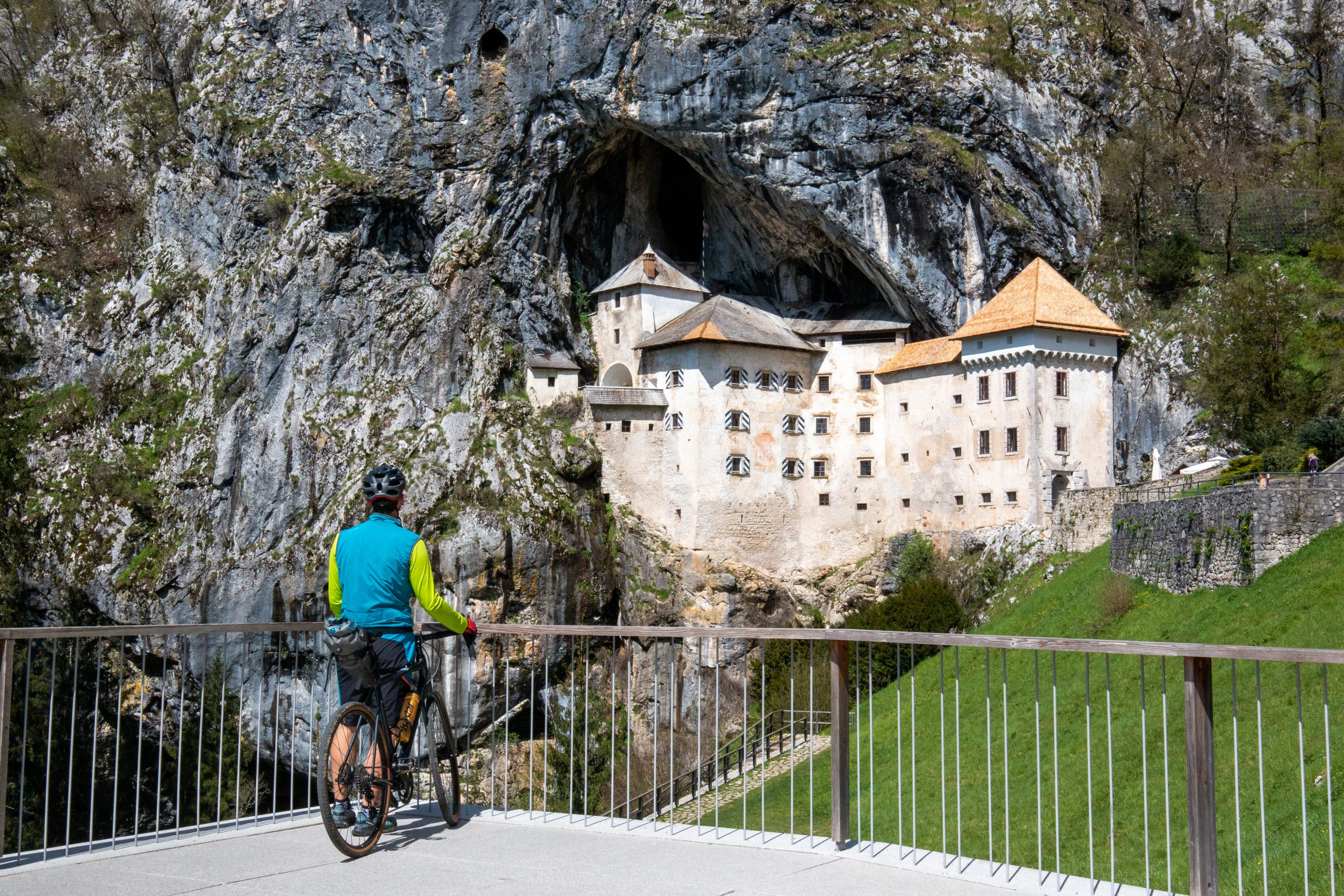
Border to GeoKarst
The journey kicks off in the northwest corner, tracing the Italian border with the majestic Julian Alps in the background. As cyclists pedal their way through the picturesque Goriška Brda wine region, the Trans Dinarica then reveals the wonders of Slovenia’s UNESCO-recognized GeoKarst Region. Every twist and turn in the trail presents a new chapter in the unfolding narrative of this diverse and culturally rich region.
Jan Klavora, from Good Place, a cycling and outdoor tour operator that is the route’s organiser, shared insights into its unique appeal.
“The route is special because it gives travelers a sustainable way to see some of the most special parts of the Western Balkans at a relatively slow pace,” Klavora explained. “There is more time for interaction with the landscape, cultures, food, and people along the way.”
Community connections
For the creators of the Trans Dinarica, the route’s geographic features are intricately tied to the warm welcome from the communities it traverses.
»The people along the route were the highlights«, Klavora reflects. »In every country, city, town, and village people invited us in to have coffee and share the idea of the cycle route«, he explains enhtusiastically. »In each case, they were pleased to learn that they would soon be welcoming more people into their communities and would have the chance to share their heritage with the world.«
In a region that grapples with exodus of its people, the route provides an incentive for locals to remain within their communities. As Klavora concludes, »the route provides families in cities, towns, and remote areas the opportunity to be a part of the tourism economy as they welcome adventurers.«
In the realm of cycling adventures, the Trans Dinarica Cycle Route isn’t just a physical journey but a transformative odyssey where the true treasures lie in the people who call this region home. As Lonely Planet heralds its inclusion among the Best in Travel experiences for 2024, the Trans Dinarica beckons intrepid cyclists to embark on a voyage of discovery, pedaling through the heart of the Western Balkans and leaving lasting memories etched in the landscapes and hearts along the way.
THE ADRIATIC
This article was originally published in The Adriatic Journal: Strategic Foresight 2024
If you want a copy, please contact us at info@adriaticjournal.com.
BURN AFTER REUSING
editor
The Adriatic team
Europe is facing a significant waste problem. In 2021, a staggering 54 million tonnes of waste ended up in landfills without any prior sorting or recycling. On average, Europeans produce up to five tonnes of waste per person, but only about a third of that gets efficiently recycled. Slovenia, once hailed as the “Green Capital of Europe,” is now grappling with an overwhelming accumulation of waste that recycling companies are struggling to handle due to the society’s increasing consumerism.
One seemingly intuitive solution to this problem is to burn the waste. While considered taboo and questionable by many, several countries have differing legal frameworks regarding waste incineration. Austria and Germany stand out with their stringent standards in this regard. Burning waste isn’t an end in itself; it’s seen as a viable alternative fuel source that can be utilized locally, reducing the need for importing fossil fuels. In these countries, society has largely accepted waste incineration as a necessary means of disposing of waste that has no further use.
There were initially concerns among Austrians about using waste as fuel. Dr. Roland Pomberger, a leading expert on waste management at the University of Leoben, emphasised this at the event organised by the Institute for Strategic Solutions in Ljubjana, that focused on Slovenia’s mounting waste crisis. “It’s a process,” he said. “However, after the establishment of the first incinerator, it became evident that there were no adverse effects.” An important development that ultimately contributed to the decision was Austria’s 2004 prohibition on landfill dumping, a move endorsed by the Ministry of the Environment.
Green and clean
It’s worth backtracking to note that the solution isn’t as simple as just “burning waste”. There’s the added layer of complexity: ensuring that the process doesn’t harm the local population – a fact Dr. Pomberger and many of his countrymen are keenly conscious of. Within the framework established by the EU to regulate the legal and technical aspects of waste incineration and coincineration, there’s no scientific evidence directly linking these practices to environmental or health concerns. Provided they adhere to EU standards.
It’s expected that EU member states will have to recycle at least 65% of all communal waste by 2035 and limit the amount of waste that ends up at landfills to maximum 10%, according to Dr. Filip Kokalj from the University of Maribor. He also pointed to incineration as an alternative solution that allows waste to be processed into energy for the needs of the general public.
The alternative lies in either importing fossil fuels or exporting waste, both of which contribute significantly to carbon emissions. “We’re compelled to ship waste abroad, despite the potential to utilise it for our energy needs,” stated Dragan Trivunčević, spokesperson for waste processing company VOKA Snaga. Due to inadequate infrastructure in Slovenia, the country exports waste to Bosnia, Croatia and Hungary. “A considerable portion,” added Darja Figelj, CEO of Interzero, “eventually finds its way to the Third World, where efficient and clean waste processing facilities are often lacking.”
Stuck in neutral
However, the solution in Slovenia is far from straightforward. Franc Dover, CEO of Snaga Maribor, cautioned that society’s excessive consumerism and insufficient capabilities pose significant challenges: “In services like waste management, addressing all challenges isn’t feasible solely through the efforts of one company,” he emphasised, calling for a systematic approach.
Bernarda Podlipnik, from the Slovenian ministry for the environment, disclosed that in 2012 the government planned to construct incineration plants in Ljubljana and Maribor, but the projects were put on hold.
In Ljubljana, there were three viable locations identified for incineration plants. In 2007, Energetika Ljubljana, an energy company, conducted studies on these potential sites, deeming two of them suitable. “The first was adjacent to the existing thermal power plant in Ljubljana, and the second was along Letališka cesta,” stated Gregor Golja of the company. Plans and initial studies were already in place for these locations, with only the thermal power plant remaining in consideration. In 2022, Energetika Ljubljana swiftly revisited the 2007 study, concluding that the previously excluded site near the Barje landfill was more suitable. “At that time, the planned thermal capacity of the incineration plant was around 40 MW. However, following the construction of the regional waste management centre RCERO and the potential importation of waste from two other regional centres in Jesenice and Zasavje, the thermal capacity would nearly double to 73 MW.”
Ultimately, every organic substance in nature becomes a source of energy sooner or later. “While thermal utilization may be at the bottom of the hierarchy, we cannot avoid it,” argued Dr. Tomaž Vuk, CEO of Alpacem Cement. “Every society will only succeed if it can efficiently solve its problems. It makes sense to address the issue as close to its origin as possible to avoid transportation. Therefore, we must also consider thermal utilisation where energy is needed, such as in large industrial facilities where energy drives production processes.”
Strategic sustainability reporting: Practical insights for small and medium enterprises
editor
Barbara Matjašič
JOURNALIST AT THE ADRIATIC
The record-breaking temperatures of 2023, alongside natural hazards like floods, landslides and droughts in the Western Balkans, underscore the urgent risks posed by climate change, pollution, and other environmental pressures. Climate change poses a universal threat to businesses, affecting entities of all sizes and industries. Small and medium enterprises (SMEs), which play vital roles in innovation, economic growth and job creation, are especially vulnerable due to their limited resources and susceptibility to global market shifts. Disruptions in supply chains, raw material shortages, and increasing financing and insurance costs for their operations, make it crucial for these businesses to implement sustainability measures promptly.
Where to start?
A strategic starting point is conducting a climate risk assessment and adjusting business models to align with emerging sustainability standards. These steps are critical as they not only mitigate the impacts of climate change but also position businesses favorably in a market that increasingly values sustainable practices.
To support SMEs in these efforts, the European Financial Reporting Advisory Group (EFRAG) has introduced two exposure drafts 1 on sustainability reporting standards for SMEs. The first draft targets SMEs with publicly traded securities (bonds, shares and other), small and non-complex institutions (SNCIs), captive insurers and reinsurers, collectively known as LSMEs. ESRS LSME ED will become mandatory on January 1, 2026, but companies can choose to delay compliance for two years. Its goal is to establish reporting requirements that match the scale and capabilities of LSMEs, making it easier for them to access financing and ensuring they are not unfairly treated by financial markets through standardized sustainability information. The second draft aims to help non-listed SMEs (micro-, small- and medium-sized enterprises) efficiently handle requests for sustainability information from banks, investors, and other business partners. Known as VSME ED, it provides a simplified reporting tool intended to unify the current varied environmental, social, and governance (ESG) data requests, reduce the number of these requests and help these companies to better connect with lenders, investors, and clients.
Both standards serve as a preliminary guide for data collection and are a precursor to more stringent reporting requirements expected by mid 2024. While compliance with this standard is not yet mandatory, it signals the direction of European regulatory expectations and helps businesses prepare for future obligations.
A kind reminder: On July 31, 2023, the European Commission adopted the European Sustainability Reporting Standards (ESRS), which will be applied by all companies subject to the Corporate Sustainability Reporting Directive (CSRD). The Commission later acknowledged that small and medium-sized enterprises (SMEs) might not have the same resources as required by the CSRD for large companies. To assist SMEs in meeting these requirements, EFRAG got involved and developed a simplified version of the ESRS, tailored to the smaller size and specific needs of SMEs. Generally, other standards such as the Global Reporting Initiative (GRI), ISO standards by the International Organization for Standardization, and the International Sustainability Standards Board (ISSB) are aligning with EFRAG’s expectations, as these organizations strive for interoperability. To this end, they have signed coordination memorandums.
Despite the current voluntary nature of ESRS LSME ED and VSME ED standards, it is anticipated that they will become essential benchmarks in European procurement and sustainability initiatives. SMEs will need to disclose specific Environmental, Social, and Governance (ESG) indicators, particularly when part of larger supply chains, underscoring the importance of proactive engagement in sustainability reporting.
To navigate these upcoming changes, companies are advised to seek expert guidance. Our consultancy specializes in assisting organizations to develop their sustainability reporting strategies effectively. Our team not only aids in report preparation but also equips businesses with the necessary knowledge to manage compliance efficiently. “Our job is to dispel fears and preconceptions about sustainability reporting. Yes, it can be done even without large, specialised departments. Yes, it can be a source of competitive advantage for small firms. An SME itself, ISR understands the unique challenges and opportunities of this class of enterprises.” says Jure Stojan, partner and director of development and research at ISR.
In conclusion, early preparation for sustainability reporting is not just about compliance; it’s about securing a competitive edge in a fast-evolving corporate landscape where sustainability is central to business success and resilience.
1 https://www.efrag.org/News/Public-479/EFRAGs-public-consultation-on-two-Exposure-Drafts-on-sustainability-r
North Macedonia's high hopes
editor
Andraž Tavčar
JOURNALIST AT THE ADRIATIC
Mention cannabis and our minds turn to a healthcare industry now worth billions. Its leaves used as a balm to treat the ailing, the plant has proven remarkably versatile in addressing a range of health issues. Clinical research has demonstrated its effectiveness in managing chronic pain and patients with debilitating conditions like multiple sclerosis have found relief in its ability to reduce muscle spasms and stiffness. Moreover, it holds promise in mitigating the severe weight loss and nausea associated with chemotherapy, offering some semblance of comfort to cancer patients.
Europe’s emerging cannabis market
The landscape went from a hidden pastime to a hive of legitimate commerce – red eyes no longer a product of a weed-induced haze, but the relentless glare of market charts. In Europe alone the industry’s growth has been significant, with its value reaching approximately $8 billion in 2023. The use of cannabis, once on the margins of medicine and society, has now moved to the forefront, with the industry projected to grow at a compound annual rate of approximately 15% between 2023 and 2027.
Across the Atlantic, the United States has already witnessed the lucrative waves of this ‘green rush’. After the 2008 economic recession forced cuts to law enforcement budgets, the financial crisis heralded a marked change in policy towards the substance. By 2012, with medical cannabis available in 18 states, voters in Colorado and Washington approved cannabis for recreational, not just medical, use.
Today, with a market valued at a USD 33 billion and legal frameworks supporting both leisure and medical applications in most states, it offers a glimpse into Europe’s potential. With a vast population of 750 million residents and a legal framework that’s progressively evolving, Europe is on the cusp of a major growth in its own cannabis industry, potentially surpassing the strides made in the U.S.
Shifts and challenges
North Macedonia is working to position itself as the main exporter of medicinal cannabis in the region, legalising the substance for medicinal use in 2016. Even legalisation of recreational use wasn’t off the table, according to the country’s Prime Minister at the time, Zoran Zaev, who promised to transform the country into an “Amsterdam in the Balkans.” But the COVID pandemic and subsequent criticism by the opposition and calls for investigations into Zaev’s personal interest in the industry, after one of his relatives was found to have obtained a growing license, seem to have put a stop on North Macedonia’s ‘green’ ambitions.
Bojana Paneva, a senior associate at the Karanovic & Partners, a law firm specialising in Southeast Europe, noted that the country saw several legislative shifts on legalising the substance, especially with a key draft law brought before the parliament in 2019, which was expected to be adopted in early 2020.
“The adoption of the draft law was postponed due to the COVID-19 pandemic, as well as due to certain blockages of the parliament at the time,” she says. In September 2020, the Government proposed a new version of the draft and in December, PM Zaev introduced an ambitious action plan titled “Action 21 – for European standards at home.” The plan outlined 10 major projects and initiatives slated as priorities for 2021, with the economic development of cannabis ranking fifth on the list.
“At the time, decriminalisation and total legalisation of cannabis were seriously considered, and the Government had a mainly optimistic view on the matter,” she says, adding that the government went on to form a working group dedicated to regulating and utilising cannabis. “The working group had several meetings during 2021, where the terms ‘decriminalization,’ ‘legalisation’ and ‘depenalisation’ were defined, and the Canadian experiences on the medical and personal use of cannabis were discussed.”
In 2018, Canada legalised cannabis, a move that significantly boosted its stature in the medical cannabis industry. This decision has led to a substantial economic impact, contributing USD 43 billion to Canada’s GDP and creating 151,000 jobs from 2018 to 2021. Cannabis retail outlets have become a common sight in prime Canadian locales. Major players based in Alberta and Ontario have also taken their medical cannabis operations to the European market.
Stalled progress
Paneva informs us that as of March 2021, the draft law on cannabis in North Macedonia was revoked, and there have been no further developments as of 2023. The government had ambitious plans from 2022 to 2024 to establish a comprehensive system for cannabis management and to leverage its various benefits, but those are yet to materialise. One of the crucial aspects of the agenda for the cannabis industry, establishing a special agency for cannabis for Medical and Scientific Purposes, tasked with overseeing the cultivation and production of cannabis for significant applications, remains an idea.
Paneva points out that the stagnation in legal reforms has had a detrimental effect on the industry. Companies holding licenses to grow cannabis are caught in a legal grey area, especially regarding the export of dried cannabis flowers. There’s confusion about whether they’re allowed to export or not. Local companies have been seeking clarity from the Assembly of North Macedonia on the issue, yet, as of 2023, “no such authentic interpretation has been provided.”
Budding prospects
Despite regulatory hurdles, RHpharma has managed to carve out a successful production network. A quick perusal of their website reveals the company’s guiding philosophy. Front and center in their product showcase section, where they present an array of cannabis extracts with various CBD dosages, is the evocative quote by Oscar Wilde: “Health is the first duty in life.”
Emilija Gacovski, deputy head of production, pointed out the favourable conditions for business in North Macedonia. “The cost of labour here is more affordable compared to other Balkan countries, and this applies to both highly educated professionals and workers with lower levels of education.” She adds that setting up a business in the country is easy. “For instance, while obtaining a building permit in Greece might take over two years, including all the necessary bureaucratic procedures, in Macedonia, these processes can be wrapped up in just 6 to 9 months.”
But, Gacovski points out, there are challenges when it comes to obtaining permits for the medicinal cannabis production. She notes the industry’s relative infancy in Europe, particularly in contrast to other regions where distinct regulatory bodies oversee cannabis. In Macedonia, the responsibility falls to the Agency for Medicines (MALMED), which issues permits for medicinal cannabis extract. The process for cultivating medicinal cannabis flower is even more complex, requiring approvals from multiple entities, including the Ministry of Health, Ministry of Agriculture, and MALMED.
She suggests “it would be necessary to set up a separate, autonomous agency for cannabis that would offer professional oversight, inspection and regulation in this field.”
Companies in Macedonia have appealed to the government multiple times to establish a dedicated agency, arguing it is crucial for the industry’s regulation and growth. The law, however, has not been changed for over a decade.
Despite these difficulties, Gacovski’s outlook remains positive. “Our focus now is on the German market, which is, according to global statistics, the largest consumer of medical cannabis flower,” she says. This strategic move is supported by the company’s thorough work in securing all the necessary permits and achieving quality certifications, particularly the coveted German GMP Certification.
While she acknowledges that the demand for medical cannabis extracts isn’t as robust at the moment, she believes that “once the benefits of cannabis extracts are more widely recognised, we anticipate a growing demand for these products.”
The time to rebuild Ukraine is now
editor
Photo: Boštjan Podlogar/STA
“The private sector possesses the power to mobilise much-needed investments,” emphasised the Slovenian Minister of Economy Matjaž Han, setting a tone at the onset of the event Rebuild Ukraine: Opportunities for Slovenian Business. Held at the Hotel Kompas in Kranjska Gora on March 22, the conference was organised by SPIRIT Slovenia, the Embassy of Ukraine in Slovenia, and the Institute for Strategic Solutions (ISR), with the aim to encourage joint efforts towards rebuilding Ukraine whih has been devstated by the conflict with Russia.
Echoing the minister’s sentiment, Tomaž Mencin, coordinator for Ukraine’s reconstruction at Slovenia’s Ministry of Foreign Affairs, added: “The idea of rebuilding and reconstructing Ukraine is based on stimulating the private sector.” The urgency to get involved was underscored by speakers at the event, as Anatolii Komirnyi, Ukraine’s Deputy Minister of Infrastructure, revealed that nearly the country’s critical infrastructure has been destroyed by the war.
Despite the onging conflict, Roland Žel, Director of the Directorate for Defence Policy at the Slovenian Ministry of Defence, stressed the urgency of starting reconstruction efforts promptly. “We must start reconstruction now, as this is important for the European economy and therefore for the Slovenian economy,” he stated.
Gearing up for reconstruction efforts
Mitigating the risks of doing buisness in a war-torn country, Gašper Jež, an expert in direct financing at SID Bank, assured participants of support for Slovenian companies in insurance, risk management, and international transactions. “Slovenian companies are well-positioned to secure a majority share of contracts if they seize the opportunity to assist in the reconstruction,” Jež emphasized.
The European Union will also contribute substantially to Ukraine’s reconstruction, assured Nataša Goršek Mencin, Deputy Head of the Representation of the European Commission in Slovenia, presenting a plan worth EUR 50 billion for the period 2024-2027.
Insights from the ground
At a roundtable discussion, moderated by Tine Kračun, director of ISR, participants from the Slovenian companies that are already operating in Ukraine, explored the prospects of collaboration and investment in Ukraine’s reconstruction efforts.
Representatives from Nazovni Tech, a non-governmental organization working closely with Ukraine’s Ministry of Foreign Affairs, explained their mission to integrate scientific expertise and public initiatives for Ukraine’s recovery. “We are a non-governmental organization, a platform for recovery. Our mission is incorporating scientific expertise and public advancements, public initiatives and coordinating government action to explore more social science in recovery of Ukraine,” they stated. Emphasizing their role in project assessment, they highlighted their commitment to facilitating the adaptation and implementation of relevant techniques and methods.
“It’s a really huge country with great perspective in green and technological developments. So, stay committed, show support, and just try get over the risks with a focus on long-term collaboration.”
Riko, engineering company with a 20-year presence in Ukraine, shared their experiences amidst the conflict. Despite challenges, including the loss of a colleague, the company remains committed to Ukraine’s development. They have shifted their focus to environmental and infrastructure projects, aligning with Ukraine’s modernisation goals. “It’s a really huge country with great perspective in green and technological development. So, stay committed, show support, and just try get over the risks with a focus on long-term collaboration,” Katarina Kumelj, project manager at Riko, affirmed.
Duol, a global producer of fast-directed structure support, emphasized the urgency of addressing immediate needs in the country. “For us at the moment top priority is the logistic support to the Ukraine in terms of the temporary accommodation facilities,” emphasized Dušan Olaj, the company’s director and owner. Stressing the importance of staying updated to monitor current situations effectively, he highlighted the need for adaptability in navigating the evolving landscape.
Kontron’s focus is providing support for critical infrastructure, particularly in terms of telecommunications, transportation, railways, and energy. The company, a member of the Austrian group Kontron AG, provides information and communication solutions and has been present in Ukraine since 1995. Robert Kuzmič, director of Kontron, emphasized the significance of revitalising projects but advised businesses to be prepared for challenges in the Ukrainian market. “My message to those who want to do business, don’t expect a 100% advance payment for your product in the Ukraine market. So try to ensure finance and your job is granted, don’t wait too long, and be ready to take the risks for any operation.«
Path to the EU
editor
Andraž Tavčar
“Enlargement is no longer a dream,” said the European Council chief at the Bled Strategic Forum last year. “I believe we must be ready — on both sides — by 2030 to enlarge.”
The European Commission‘s subsequent enlargement package for the year, unveiled last November, acknowledged the geopolitical imperatives driving the need for new EU members. This was largely driven by the war in Ukraine, escalating tensions in the Middle East, and the potential of a new conflict between Armenia and Azerbaijan over the Lachin corridor. In response, the EU is looking towards the Western Balkans to secure its periphery, an area where it still retains some operational leverage. That doesn’t come without its own set of challenges, however. The EU is forced to contend with diminishing support in the region, largely attributed to the drawn-out accession process and prevailing economic malaise.
These circumstances put the EU under considerable pressure to hasten its plans. Measures that kicked off with the commencement of admission talks with Albania and North Macedonia and granting candidate status to Bosnia and Herzegovina in 2022 have now shifted towards a concerted thrust to expand into the region by 2030.
Diplomatic tiptoeing
For two decades, the prolonged Kosovo-Serbia conflict has presented numerous attempts for resolution. Since Kosovo’s self-proclaimed independence in 2008, which Serbia didn’t acknowledge, the European Union has been playing referee as of 2010, offering the sweetener of membership as a peacekeeping incentive. The Brussels Agreement, an impactful deal officiated by the EU in 2013, was a significant stride towards improving Serbia-Kosovo relations, with a focus on governance and collaboration matters.
However, according to Michael Emerson, a senior research fellow at the Centre for European Policy Studies (CEPS) specialising in EU enlargement, both countries currently stand at a crossroads. “Serbia and Kosovo rule themselves out for any realistic prospects of accession until and unless they have peacefully normalised their relations,” he states. “The Franco-German paper earlier last year for reconciling the two was a promising opening, and should still have a future, even though the two parties have descended to more hostile relations for the time being.”
Cascading calamity
The Franco-German proposal aims to facilitate the normalisation of relations between Belgrade and Pristina, particularly in response to the destabilising effects of Russia’s invasion of Ukraine on the Western Balkan region. However, the progress of these diplomatic efforts suffered a setback after a serious incident last September. Gunmen opened fire on Kosovo police, allegedly involving Milan Radoičić, the former vice-president of the Serbian List party, leading to a temporary halt in negotiations.
This is further compounded by what Dr. Ana Bojinović Fenko, Chair of International Relations at the Faculty of Social Sciences, University of Ljubljana, also sees as a discernible lack of commitment from the political leadership of both countries to pursue normalisation. “On the contrary, political elites in both states are actively exacerbating tensions, shaping national identities in a manner that is not only exclusionary but, in some instances, overtly antagonistic towards each other.”
“The Franco-German paper earlier last year for reconciling the two was a promising opening, and should still have a future, even though the two parties have descended to more hostile relations for the time being.”
Dr. Bojinović Fenko points out that, considering the relatively underdeveloped state of civil society in both Serbia and Kosovo, the responsibility largely rests with external actors — namely Germany and France — to play a more influential role in bringing the interests of these two states closer together. Despite the positive intentions underlying the efforts to initiate dialogue, she warns that the impact of such initiatives is limited if they are merely bilateral in nature. Advocating for a broader approach, she suggests that “cooperation between these countries must be fostered through the lens of wider European initiatives, engaging various sectors, including civil service, civil society, and economic stakeholders.”
In her view, this is the only way the European Union can reasonably anticipate a transformation in the internal political climate of Serbia and Kosovo in the coming seven to ten years. She argues that a fundamental shift in mindset is required: moving away from entrenched hostilities to fostering relations akin to those of amicable neighbours.
“Through this, civil society has the opportunity to fortify its position relative to the political elite to the degree that it could challenge the prevailing ethno-political narrative that defines their current national identity”, she argues. “This would pave the way for the election of a political class that fosters peaceful coexistence and constructive cooperation within the framework of European integration, not only with the broader European community but particularly with neighbouring nations.”
“Cooperation between these countries must be fostered through the lens of wider European initiatives, engaging various sectors, including civil service, civil society, and economic stakeholders.”
Bosnia's unique case
When it comes to Bosnia and Herzegovina, Emerson described it as “still in a state of dysfunctionality.” The country that formed after the signing of the Dayton Accords in 1995 has grown increasingly so, both due to its elaborate and overburdened bureaucracy and the uneven balance between the Federation and Republika Srpska and its secessionist aspirations. “Dodik’s Serb Republic is a polity that has all that the EU would not want to import into its midst,“ notes Emerson.
Republika Srpska’s refusal to align with EU sanctions against Russia and Belarus, and the conferment of the order of Republika Srpska to Russian President Putin in January 2023 add to the difficulty of absorbing an entity whose relations with Russia are in flagrant opposition to the EU’s foreign policy.
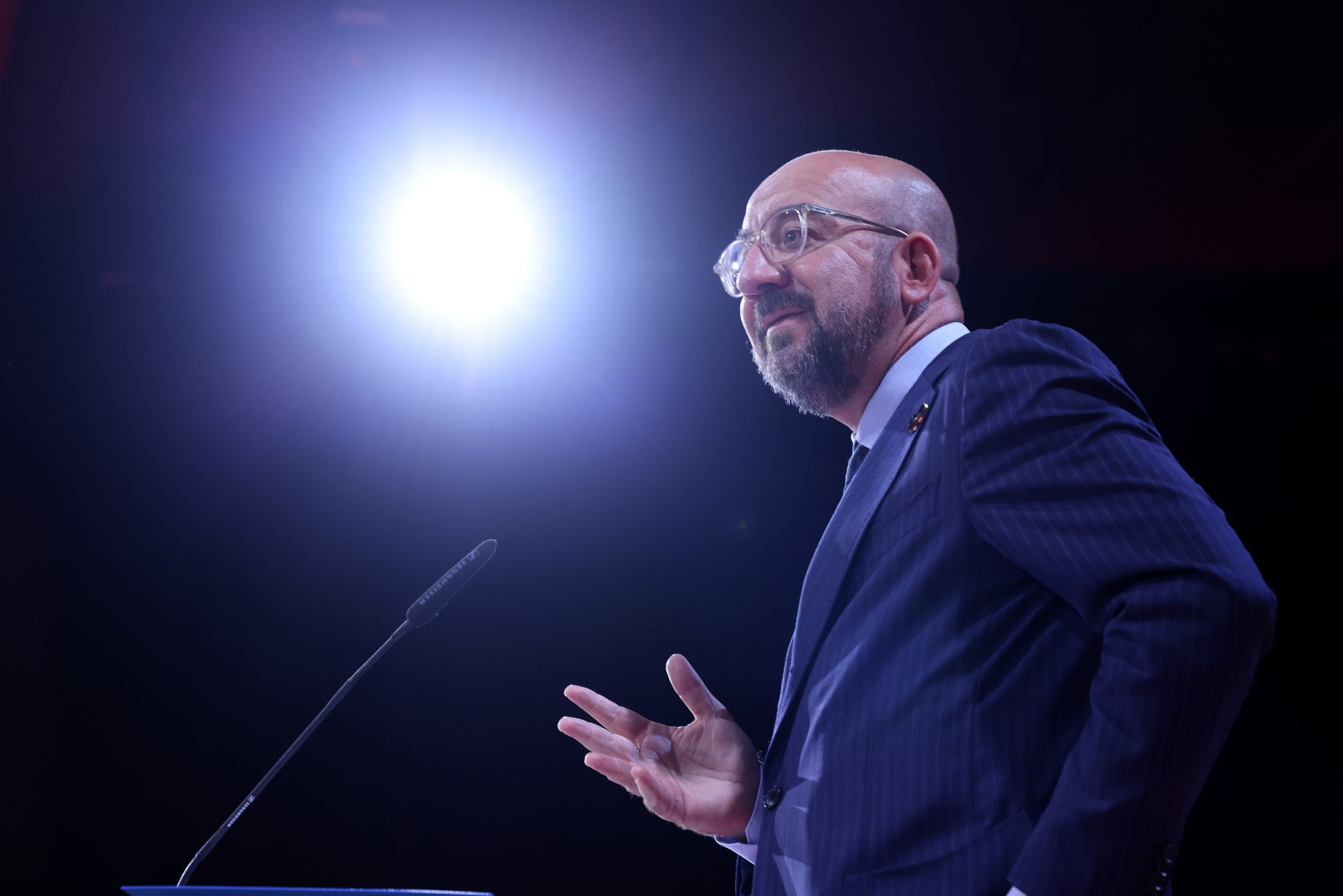
And the rest
“This leaves Montenegro, North Macedonia and Albania as more straightforward case,” Emerson suggests. “For them reforms of the enlargement methodology are crucial to dynamise the process of opening and closing chapters and assuring the requisite reforms. The least that could be done would be to switch Council decision making on chapters and clusters a matter for qualified majority voting, for which there is widespread support.”
The aim of this reform is clear: it seeks to reduce the number of states that can veto proposals. However, its implementation is challenging – achieving unanimity is a difficult task with the EU’s current 27 member states.
“The Enlargement Package is silent on this issue but does innovate with its interesting proposal of a ‘Growth Plan’, which would offer additional funding conditional on selected steps to align on important elements of the single market and the digital sector,“ Emerson notes. This plan, encompassing a six-billion-euro Reform and Growth Facility for the Western Balkans (2024-27), aims to provide pre-accession benefits, foster economic growth and socio-economic convergence, with payments conditional on the fulfilment of agreed upon reforms.
“Dodik’s Serb Republic is a polity that has all that the EU would not want to import into its midst.“
Balancing enlargement and internal reform
The Western Balkan states, as candidates for EU membership, have consistently faced considerable skepticism from some EU members, particularly regarding the inclusion of smaller and politically less stable countries. Prior to the Russian invasion of Ukraine, this cautious stance was notably echoed by French President Emmanuel Macron. He repeatedly emphasized the necessity of internal EU reform as a prerequisite for considering further enlargement.
Dr. Bojinović Fenko observes the two need not be mutually exclusive. “France has historically viewed these as separate processes, fostering a belief that one must either focus solely on enlargement or on deepening the EU’s integration.” She goes on to explain that, in the past, France has “prioritised the latter, as it allowed it and like-minded member states to project substantial influence within the EU, aligning the Union’s global stance with its national interests.” However, the addition of new member states introduces a greater degree of complexity in this equation, increasingly casting France in the role of gatekeeping enlargement.
“The least that could be done would be to switch Council decision making on chapters and clusters a matter for qualified majority voting, for which there is widespread support.”
“The legitimacy of France’s interests within the EU should be recognised,” she adds, “given that since the founding of the EU, Germany has experienced a population increase, leading to increased voting power in the Council of the EU and a greater number of allegiances with like-minded member states.” Additionally, the prospective enlargement into the Western Balkans is likely to further tilt the balance in Germany’s favor, therefore “France is determined on establishing institutional arrangements that would safeguard its influence in the Union.”
Despite these challenges, there have been efforts to agree on a path of mutual progress. Emerson references a report released last year by a Franco-German working group, titled ‘Sailing on High Seas – Reforming and Enlarging the EU for the 21st Century’ which addresses the critical question of EU reform. “The proposed deepening would involve reducing veto powers in favor of qualified majority voting, potentially implemented during the transition period of Staged Accession.” Yet, Emerson concedes that unanimity on this remains elusive.
A shift towards qualified majority voting is likely to unfold incrementally, starting with certain foreign policy decisions before expanding to other areas. In the interim, the EU might continue to allow certain exemptions for member states where unanimity is required. To make qualified majority voting more acceptable to member states, the Franco-German report proposes a “sovereignty safety net” to give countries a backstop on issues where a vital national interest is at stake, as well as giving more voting weight to smaller countries in the Council.
Absent substantial reforms within the European Union and the Western Balkan countries, President Michel’s hopeful outlook could, echoing Emerson, be deemed merely “superficial.” Achieving the ambitious objective of integrating the Western Balkan states into the EU by 2030 seems improbable without significant systemic transformations on both sides.
Dr. Bojinović Fenko offers an alternative perspective. She notes the EU has historically demonstrated its ability to integrate a large number of new members prior to undertaking institutional reforms, evidenced by the end of the Cold War and the resulting emergence of new nations in Europe. “The initial accession processes began in the early 1990s. However, the necessary institutional adjustments to accommodate an enlarged EU framework were only formalised with the ratification of the Treaty of Nice in 2003, a point at which the accession negotiations with all ten Central and Eastern European countries had already concluded.”
Reflecting on the two decades since the promise of EU membership was first made to the Western Balkans, Dr. Bojinović Fenko says “it’s high time for the European Union to move beyond the binary choice of whether to enlarge or deepen. Instead, it should concentrate its efforts vigorously on enlargement, while, at the same time, strategise and implement essential reforms to its internal institutional framework.”
The European Union has charted a course towards expansion, yet the details of how to get there remain elusive. Current discussions about enlargement are as positive as they’ve ever been, with no shortage of enthusiasm among EU policymakers. But, as much as the Western Balkans aspire towards it, the ability of the EU to reach the 2030 enlargement date ultimately presents a litmus test for the bloc as a whole and would demonstrate that Western policies are effective. With the pole of the world order shifting towards Asia, the EU is entering an era of giants, and it will have to prove whether it can adapt and stand as tall as the rest of them.
A view from the Balkan youth: Should Western Balkan countries join the EU?
Ivana Blažin, 22
3rd year student of engineering management from Serbia
“Joining the EU would in my opinion be beneficial for the citizens. But on the other hand, they might not be able to withstand so much change in a short amount of time. Becoming a European Union Member brings a lot of benefits, but I don’t think Serbia is ready for it or willing to change too much.”
Natali Buli, 18
High school student from Albania
“In my opinion, Albania needs a push to show more of itself; we are often judged, but people do not know us. We want to put forward how beautiful our country is. We all have different types of tourism, but apart from that, we have so much more to offer. Joining the EU could help us embrace all of that, all our differences and those things that make us unique. It would be a great push and a great motivation for young people to work on improving our country even more.”
Ilma Šahinović, 25
First year student of Masters of International Relations, from Bosnia and Herzegovina
“I believe there are upsides and downsides to this. Personally, I am more in favour of Bosnia and Herzegovina joining the EU, as I believe it will open more doors for young people here and potentially finally slow down the constant rise in brain drain. This could essentially strengthen our bonds with the rest of the Europe and increase our living standard.”
Matic Hrabar, 19
Student of biotechnology from Slovenia
“For EU to expand, reforms and new legislations need to be introduced within the existing institutional frameworks. One example is the veto rule, that should be changed when EU is preparing for expansion. The past few years, we have seen many examples of countries backing each other up, with some countries, even in cases of human rights violations.
Changes also need to happen in prospective Member States, as they did in Slovenia, before we joined EU. This is where we, Slovenia, and the EU can support them. Financing stronger democracies, independent judiciary etc. Only then, when both the EU and prospective Member States introduce the needed reforms, could we step into this newly formed relationship in a way that is truly beneficial for all. Which it should be. For Slovenia, joining the EU was very beneficial so there is no doubt that the same could happen for the other countries of the Western Balkans.”
Prepared by Tibor Remškar.
THE ADRIATIC
This article was originally published in The Adriatic Journal: Strategic Foresight 2024
If you want a copy, please contact us at info@isr.si.
The Water is Rising
editor
Andraž Tavčar
JOURNALIST AT THE ADRIATIC
The Institute for Strategic Solutions, Slovenia’s leading private think-tank, convened its annual corporate strategy event in Skopje, in collaboration with the Slovenian Business Development Agency and the Economic Chamber of North Macedonia. In his opening remarks, Tine Kračun, the institute’s chief executive, emphasized the imperative for reinforced cooperation between the EU and Western Balkan economies to enhance the region’s prosperity and stability.
Following Slovenia’s severe flash floods last year and rising tensions from the Banjska attacks in Northern Kosovo, the conference provided a timely platform to discuss enhancing economic ties with the European Union, whose capacity to integrate new economies amid current challenges—be they environmental or geopolitical—presents a litmus test for the bloc’s objective of enlarging to Western Balkan countries by 2030.
Embracing clean energy
Themed by its title, The water is rising: Running businesses during times of crises, the roundtable discussion brought climate change and geopolitics to the forefront, engaging business leaders in a dialogue on how Macedonian companies can better prepare for and mitigate both of their increasingly costly impacts.
“Clearly, society has the tools to either lessen or completely eliminate climate change.” Vojdan Jordanov, chief executive of Triglav Insurance in Skopje, described a common reaction to the notion. “At first, you’re hit with this wave of disbelief or denial. Then, as it starts to sink in, you might find yourself getting really angry. But eventually, you come to terms with what’s happening, accepting the new reality, at which point you’re ready to roll up your sleeves and start coming up with solutions.”
In North Macedonia, efforts to embrace renewable energy frequently encounter obstacles due to complex and non-transparent administrative procedures. Not for a lack of trying, as the country has seen significant progress in its transition to greener energy sources. In 2023, its renewable electricity capacity saw an impressive increase of 160% compared to the previous year, largely attributable to hydropower.
Although hydropower represents the lion’s share of renewable energy production, many recent investments are yet to bear fruit. The country primarily relies on burning dirty lignite for about 50% of its total electricity generation, with the Bitola coal-fired power plant emitting a continuous plume of thick smoke and contributing to an escalating health crisis among local residents.
“The case of the local thermal power plant, REK Bitola, is an example where we could join forces to find a solution that would facilitate the transition from coal to more environmentally friendly sources and technologies,” the chief executive of NLB’s Macedonia branch, Branko Greganović, said, pointing to NLB bank’s investments into sustainable, low-carbon initiatives—termed ‘green financing’—which reached record levels last year.
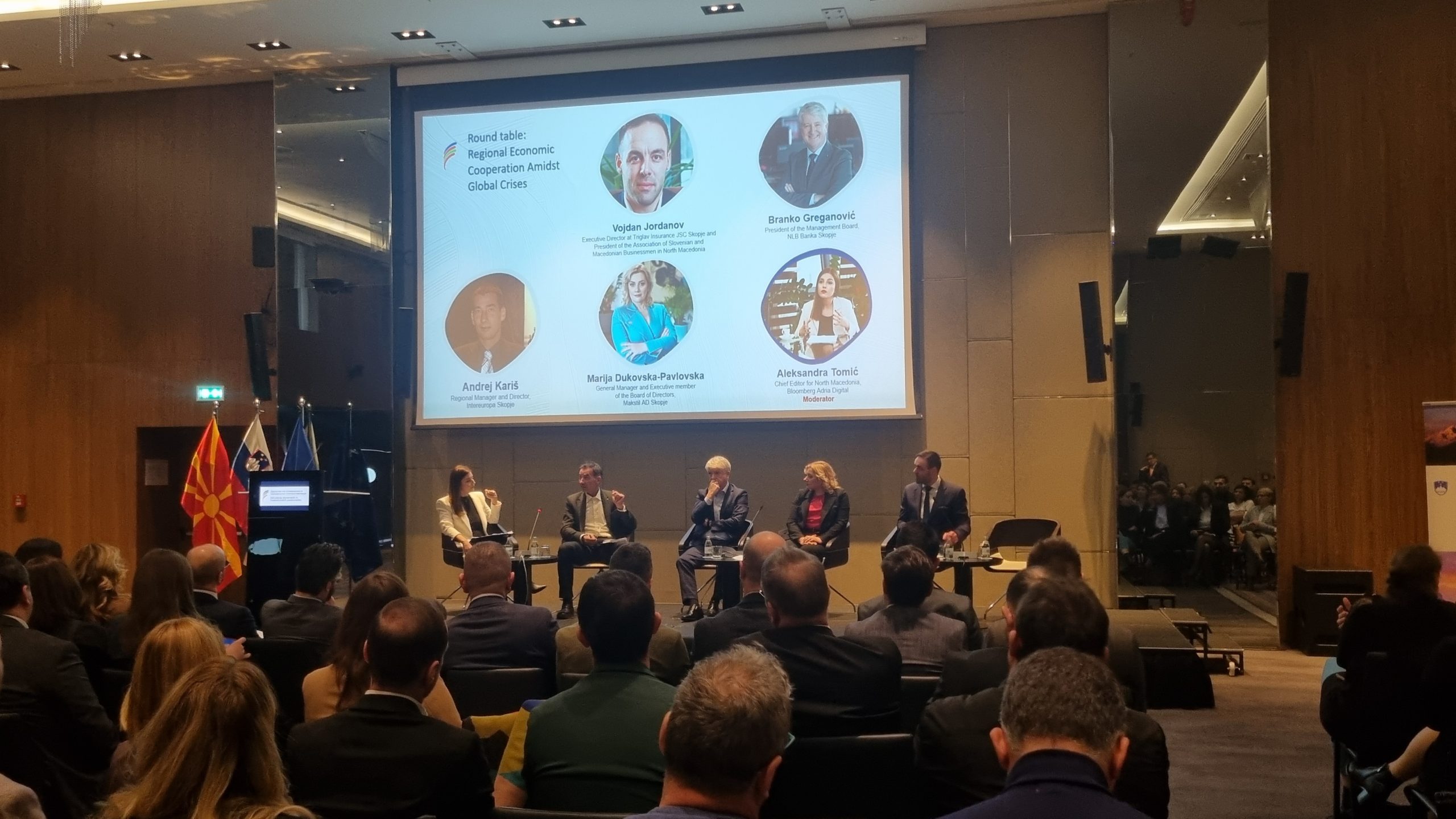
There’s a growing trend among financial institutions to support businesses committed toward sustainability. “When a company seeks a loan from a bank, its operations undergo a detailed review,” continued Marija Dukovska Pavlovska, top executive and board member at Makstil AD, a Macedonian steel manufacturer. “The approval of their loan, as well as the conditions attached to it, hinge on their business practices.” The criteria for these often revolves around the ESG (Environmental, Social, and Governance) criteria a company adheres to, encompassing not only the company but the entirety of its supply chain.
With the ongoing rise in global temperatures, risks associated with elevated water levels and severe weather phenomena are intensifying beyond previous forecasts. Following a year marked by unparalleled flooding in Slovenia, The Triglav Group, a foremost insurer, was compelled to allocate a record-breaking sum, estimated in the range of EUR 150-200 million. “Should North Macedonia face significant flooding, the situation could become problematic, given that the country’s water management practices are less than ideal,” Jordanov pointed out, noting the vital role of insurance companies in merging business with climate data to bolster resilience throughout a company’s supply chain.
Geopolitics rears its head
While the need for governments and businesses to engage in climate change mitigation and adaptation is increasingly evident, Andrej Kariš, regional manager for the Intereuropa Group in Kosovo and North Macedonia, contends that businesses in the area typically incorporate climate risk into their financial planning. They now confront an additional challenge: inflation, driven by rising costs in energy, raw materials, and logistics services.
Additionally, disruptions in Red Sea shipping and the absence of a near-term solution are straining the already fragile manufacturing and global trade sectors, and potentially igniting new inflationary pressures.
Regionally, logistical challenges are compounded by unstable politics and inadequate infrastructure. Greganović is certain that without increased investment, the problems will only be exacerbated in the future. Presently, Western Balkan countries receive significantly less EU funding per capita compared to poorer EU member states. Moreover, the complex and sluggish procedures of Brussels make it difficult for recipient governments to fully leverage the available funds.
Jordanov argues that an open market and level playing field are essential for solidifying growth. And while North Macedonia stands to gain from the European trend towards ‘nearshoring’—the EU ambition to foster the development of strategic industries closer to home—, negative demographic trends could limit inward investment, with an increasing number of Macedonians leaving the country.
The 2021 census revealed a 9% drop in the North Macedonia’s population over the last twenty years. Young Macedonians, in particular, are moving abroad in search of better job opportunities and higher salaries.
In a warning to those in attendance, Marija Pavlovska stressed the challenges weren’t confined to North Macedonia but affected the entire region. “When are we going to start discussing this and looking for solutions,” she asked, urging a call to action. “It’s a matter of well-being, quality of life, access to health and social services. We need to identify solutions,” she added, as the “failure to do so could have dire consequences.”
THE ADRIATIC
This Institute for Strategic Solutions also held its sister event in Ljubljana at the beginning of the year.
Dogstar, a band beyond Keanu
editor
Andraž Tavčar
JOURNALIST AT THE ADRIATIC
Learning that the lead actor from films like Point Break and The Matrix also slaps bass in a band called Dogstar came as a surprise for me. The sort that at least merrited a bemused exhale through the nose and a quick Google search as I paused my search for upcoming events to include in our newsletter. What was meant to be a brief overture became a week spent marinating in the band’s discography – the soundtrack to my daily grind and nightly unwinding – as I immersed myself in the vibe.
Before long, I began to elucidate my friends as to what I referred to as ‘Keanu Reeves’ band’. “Do you like Keanu Reeves?” I’d ask. “Most recognise him for his roles on the big screen, but there’s this whole other facet to him – a grunge layer revealed through his band, reminiscent of the post-Nirvana scene and offshoots like Foo Fighters. At first, their music struck me as slightly out of time, as if a band from the ’70s somehow got stranded in the ’90s Seattle music era. It’s fascinating really. The ’70s heralded a zenith in rock history, marked by its raw, undiluted energy, something the ’90s seemed to chase after, albeit warped by cynicism and irony.”
Inexplicably, they veer into the bathroom stall, leaving me humming “I want to live in America” alone by the urinals, a personal favourite. I’d lose myself in visions of smoke-filled, dimly lit dens, populated with disheveled youths in flannel and ripped denim, nursing soon-to-be ripped bongs in their laps while Led Zeppelin plays and General Schwarzkopf lauds U.S. air superiority in Iraq on a flickering TV screen. “I want to be alone and free,” the lyrics echo, bouncing off the restroom’s tiled walls with an acoustic quality found only in the grimiest of Ljubljana’s diver bars. In other words, perfect.
There’s something to be said about the rise of grunge at the Cold War’s denoument. Its deep cynicism and rejection of consumerism cut charply through Fukuyama’s professed “end of history” and Mearsheimer’s “unipolar moment”. Concepts, once heavy with meaning, now cheapened by their overuse and evoked only for the sake of depth and academic rigour – remember, I was still humming in the bathroom at that point. Free markets and democracy were hailed triumphant, even as the American dream was marred by the detritus of heroin, poverty and racial strife. Grunge didn’t offer remedies; it mirrored a generation too deep in the fog to even care. “I want to be alone and free,” was a lament for the times.
Art, in its myriad forms, is a chameleon of expression – it harbors the ability to morph and reveal itself in layers. Whether it’s a well-loved novel or a song that sticks, engaging with it is as much an exploration into our own consciousness as it is into the mind of the artist. Fortunately, both extend beyond the scope of this article, but I think I can venture to at least surmise the latter and answer the more obvious question, dear reader, that’s been stuck in your head since you saw the title: Why is Keanu Reeves in a band named Dogstar and are they any good?
It’s not uncommon for movie stars to take on passion projects and veer into music, though they often amount to little more than vanity projects, with sheepish audiences of fans bobbing their heads politely to songs lacking heart. Bruce Willis’ brief stint as a jazz musician after playing a blues singer, comes to mind. Yet Keanu, with stark honesty, acknowledged his place in Dogstar, and the modesty with which he views their craft. “We’re terrible.”
Before they were known as Dogstar, the band’s story began with a chance encounter in a Gelson’s supermarket in 1991. There, Toronto-born Keanu, spotting a man in a Detroit Red Wings jersey – Robert Mailhouse, known for his role in the soap Days of Our Lives as police officer Brian Scofield – struck up a conversation about hockey, and the two soon found their shared passion for music. Keanu on bass, Robert on drums, the pair added a third – singer and guitarist Greg Miller.
Poring over videos of the band’s early performances and a cursory glance at their Wikipedia page, Keanu doesn’t at any point parade as actor/musician. He doesn’t seem to have the restless urge of most creatives, that drives them to do it all or die by the time they’re 27. Moreover, on stage, he’s off to the side, head down, foot tapping and keeping time. He’s Keanu Reeves, but on there, just another bass player.
Finding something that teeters on the edge of the genuine can be a daunting task in California, especially among actors. Starting a band off a chance encounter with a guy, just because you’re both into hockey, is as real as it gets. The band crystallizes the addagge of the now-defunct TikTok precursor, Vine, of “guys being dudes” – for example, men becoming blood brothers with the first person they sat next to during induction week of university. Being part of Dogstar offers Keanu a respite, a chance to unwind and indulge in what he loves, surrounded by a tight-knit circle of friends, far from the glare of entertainment journalists’ sycophantic, artificial grins.
Despite his widespread appeal and a certain fondness from the press – earning him accolades as “the nicest human being” – fame brings with it its own set of pressures, setting a bar of expectations that accompanies his every move.
Ironically, Dogstar’s fame hinges on Keanu, despite their obscure beginnings. They waver between names like Small Faecal Matter and BSF – shorthand for either Big Fucking Sound or Bull Fucking Shit. “I had long ceased to be interested in her contortions; except for the part of me that was in her I was as cool as a cucumber and remote as the Dog Star,” reads the line from Henry Miller’s book Sexus that inspired the more palatable name for their live performances.
Shows soon sell out and lead singer Miller departs, replaced by Bret Domrose. Dogstar tours the U.S. and Asia, opening for legends like David Bowie and Bon Jovi in ’95 in Australia and New Zealand. They debut with the EP Quattro Formaggi, then release Our Little Visionary, available only in Japan.
Balancing Keanu’s acting career, Dogstar released Happy Ending in 1999. Their final show was in 2002 in Japan, leading to an unofficial hiatus. Despite not formally pausing or producing new music for two decades, they occasionally played small venues.
The band made a comeback alongside the release of Matrix Resurrections in 2021, and, like all good things, it started with breakfast. “There was a premiere for Matrix 4 in San Francisco, and the next morning we had breakfast,” said Keanu in an interview for Entertainment Weekly. “That was the initial spark.” Dogstar returned to a major stage at the BottleRock Napa Valley Festival in May of last year. Their latest album, Somewhere Between the Power Lines and Palm Trees, was released in October, with performances at INMusic Festival in Zagreb and Arsenal fest in Kragujevac planned for June of this year.
To answer the question of whether they’re easy on the ears, it’s best to ignore Keanu’s remarks. Artists are often their own harshest critics, and Dogstar’s history of headlining shows alongside icons like Bowie and Bon Jovi suggests they’re far from lacking in talent. Indeed, Keanu’s celebrity alone wouldn’t have sufficed to cover for any musical shortcomings. Moreover, my willingness to listen to their music for a week straight implies I’m not engaging in self-torture — I’d like to think I’m still too young for that.
Dogstar demonstrated a versatile range. They can shift from anthem-like rock songs filled with emotive guitar solos to quieter, narrative-driven tracks. This duality in their music allows them to navigate seamlessly from lively indie surf rock, characterized by jangling guitars, to more elaborate pieces tinged with the depth of progressive rock and grunge.
Amid Anticipated Economic Rebound, NLB Funds Eye Growth in Asia
editor
Andraž Tavčar
JOURNALIST AT THE ADRIATIC
In a year that took the stock market to unprecedented heights, NLB Funds, Slovenia’s premier asset manager, has positioned itself for a promising outlook. Holding a commanding 40% share of the market, NLB Funds reported a significant inflow of €171 million last year, capturing over half of the total across all Slovenian asset managers.
With inflation and economic growth expected to moderate in the first half of the year, there’s an anticipation of a more accommodating monetary policy from both the U.S. Federal Reserve and European Central Bank—contributing to a diminishing fear of recession, with forecasts suggesting that unemployment and inflation rates in 2024 will dip below the figures registered at the end of 2023.
Rok Potočnik, NLB Funds’ senior asset manager, shared an optimistic view on the investment environment. “We’re feeling positive about the prospects for both asset classes this year, though we’re slightly more bullish on stocks than bonds,” he noted. “But, we’re keeping our expectations for the stock market in check, not expecting to see the same high returns we saw last year.”
The firm is proceeding with caution as it maintains a neutral approach in its engagement in both American and European markets. Even with the U.S. economy rebounding in 2023, it continues to be wary of the high valuations of American stocks. Likewise in the EU, influenced by the continent’s proximity to the war in Ukraine and mounting tensions in the Middle East. Huthi strikes on international trade in the Red Sea have led to considerable interruptions in shipping and a spike in expenses, with freight rates between Asia and Europe seeing a more than twofold increase.
Despite identifying some potentially lucrative valuations in Europe—particularly within the luxury goods sector and among defense companies—the complex risk environment and a more guarded economic forecast for the region have led NLB Funds to maintain moderate exposure to European markets.
Asia presents a mixed picture. China, once a favorite for international investors, has seen its attractiveness wane amidst the lifting of COVID restrictions that fell short of expectations, an unfolding property crisis, and heightened tensions with the U.S. over technology imports. The Biden administration has maintained the trade tariffs introduced by former President Trump, who initiated a trade war with Beijing in 2018. Under Biden’s presidency, the U.S. has tightened restrictions on China’s access to advanced American technologies, curbed investments in Chinese sectors deemed strategically sensitive, and expanded sanctions against major Chinese corporations.
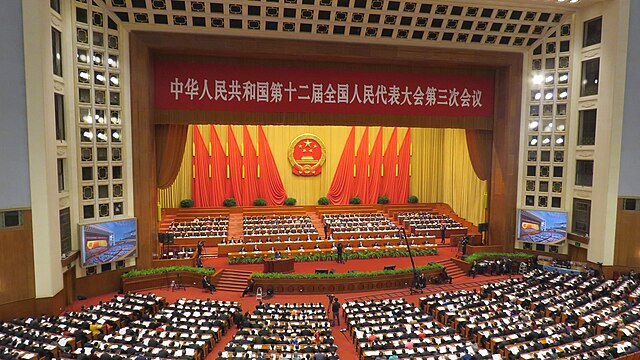
Western-aligned countries stand to gain in the region, with India emerging as a significant investment destination, likened by Potočnik to China’s position at the turn of the century. While the IMF projects global growth to linger around 3%, the Indian economy is booming. Delhi projects a 7.3% growth rate for the fiscal year ending in March—the highest among G20 nations—and economists are optimistic about the country maintaining a growth rate of 6% or higher over the decade.
“Japan merits attention as well,” he adds, “as it appears to be on a trajectory of mature economic expansion and moderate inflation after years of sluggish growth and minimal inflation.” The country’s export-driven economy gains from a depreciating yen, which has developed a symbiotic relationship with the Nikkei 225. The benchmark index reached a peak on Tuesday, climbing 2.9% and briefly surpassing 38,000—a level last witnessed before the onset of Japan’s economic stagnation in the 90s.
The Artistic Legacy of the Sarajevo Olympics
editor
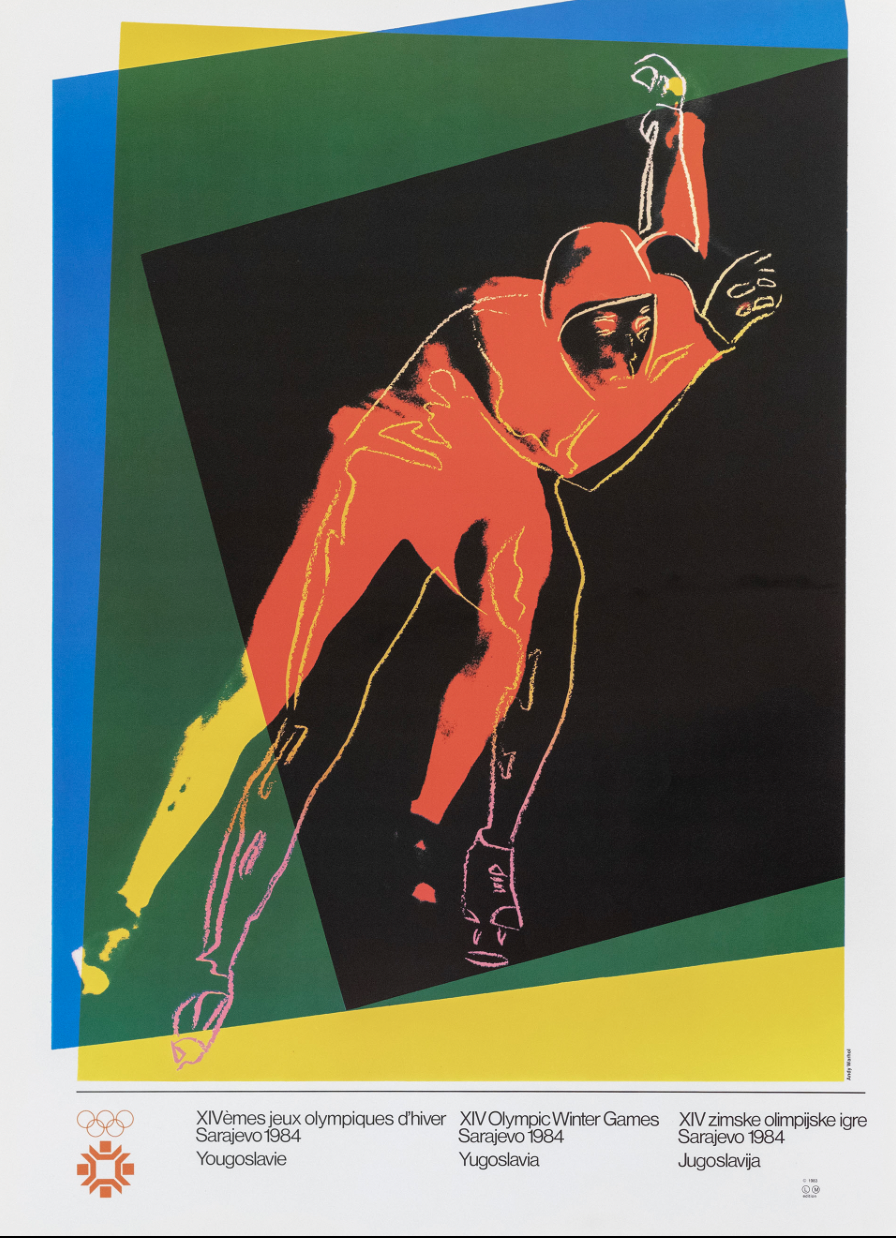
As we mark four decades since the 1984 Olympics in Sarajevo, it’s a time not only to reminisce about the organisational feats and athletic achievements of the winter games but also to celebrate an extraordinary effort that added a cultural and artistic dimension to this global festivity. Spearheaded by Lazo Vujić and his wife Živa Škodlar Vujić, owners of the Visconti Fine Art gallery in Ljubljana, the Sarajevo Olympics Art Project brought together 18 renowned artists from around the world to create works that encapsulated the spirit of the games.
Maja Dragović
“The idea originated from the graphics portfolio developed for the Munich Olympics in 1972,” recalls Lazo, tracing back to the project’s inception. “At that time I had galleries in Milan and Vienna. One day at home, I accidentally watched the jubilant celebration of Sarajevo winning the Olympics on television which sparked the inspiration. I turned to Živa and said, ‘I’ll go to Sarajevo to offer the Art project.’ And so, it began.”
Despite the Sarajevo Olympics Committee lacking the financial means to support the project, their endorsement provided a crucial boost. “Politicians recognised the potential of culture in promoting our country,” emphasizes Lazo.
But embarking on this venture proved financially daunting, as the Vujić funded the project independently. “Living in a communist country, with Živa based in Ljubljana and myself seeking opportunities globally, securing partners was imperative,” explains Lazo. Živa’s invaluable expertise as an art historian and curator of the International Graphic Biennial proved instrumental in navigating the artistic landscape.
The project commenced in autumn 1982, with less than a year to finalise everything before the Olympics. “Promoting the project before the games was crucial,” emphasizes Lazo. “We strategically utilised museum exhibitions, television, and other mediums to showcase the artistic creations and the Olympic spirit.”
Strong connections
Establishing connections with artists like Henry Moore and Andy Warhol was pivotal. “Moore’s endorsement propelled the project forward,” Lazo recalls. “When he heard it was for Yugoslavia, he immediately said ‘I’m in!’ He didn’t ask anything.”
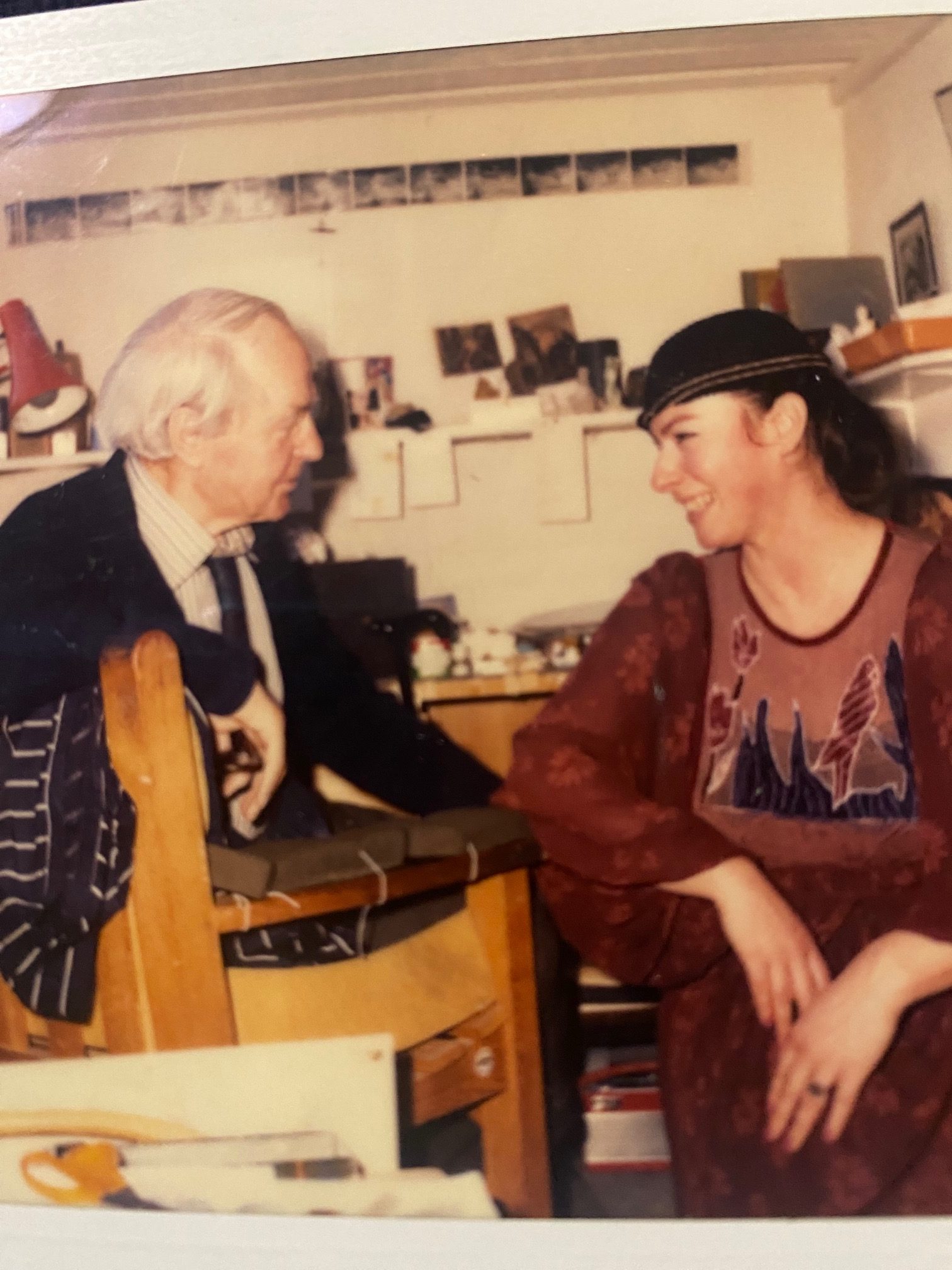
Živa adds that coming from Yugoslavia at that time was an advantage, helping to open doors: “Yugoslavia meant something then. We were some kind of exotic enigma.”
After meeting Moore in London, they flew to New York to meet Andy Warhol. “When he received me, his business manager Frederick Hughes was with him,” Lazo recalls. “Warhol was walking in front of me and asked, ‘Who else do you have in the project?’ I told him ‘I’ve just been with Moore two days ago.’ He then said, ’If Moore’s in, I am in, too.’ And that was it. Then he just asked me ‘When does the project need to be finished?’ adding straight away: ‘I know, yesterday!’”
Challenges abounded, from organisational logistics to financial strains incurred through extensive travel. Yet, the culmination was a portfolio boasting original prints from esteemed artists, each imbued with the essence of the Olympics: Piero Dorazio, Jean-Michel Folon, Emilio Greco, Gottfried Helnwein, Howard Hodgkin, Hwang Kyu-Baik, Jiri Kolar, Henry Moore, Friedensreich Hundertwasser, Dzevad Hozo, Mimmo Paladino, Michelangelo Pistoletto, David Hockney, James Rosenquist, Giuseppe Santomaso, Gabrijel Stupica, Cy Twombly, and Andy Warhol.
Three other artists – Milton Glaser, a popular graphic designer at the time who created the I Love New York logo; Yozo Hamaguchi from Japan; and Francesco Clemente from Italy – provided motifs which were featured as posters, printed in limited series.
Cherished memories
Reflecting on cherished memories, the couple recounts moments spent with Henry Moore and the vibrant New York art scene.
“The most beautiful memories are the times we spent with Henry Moore. We were guests at his estate outside London several times, afternoon teas and conversation at his home were charming,” Živa recalls.
Lazo further reminisces: “In New York at that time, there was always a party somewhere. Once, James Rosenquist was celebrating his birthday, and the entire art world was there. I’m at the airport due to fly to California, and he says to me ‘you’ll regret it’ and then lets me hear a jazz band play in the background. I stayed, of course!”
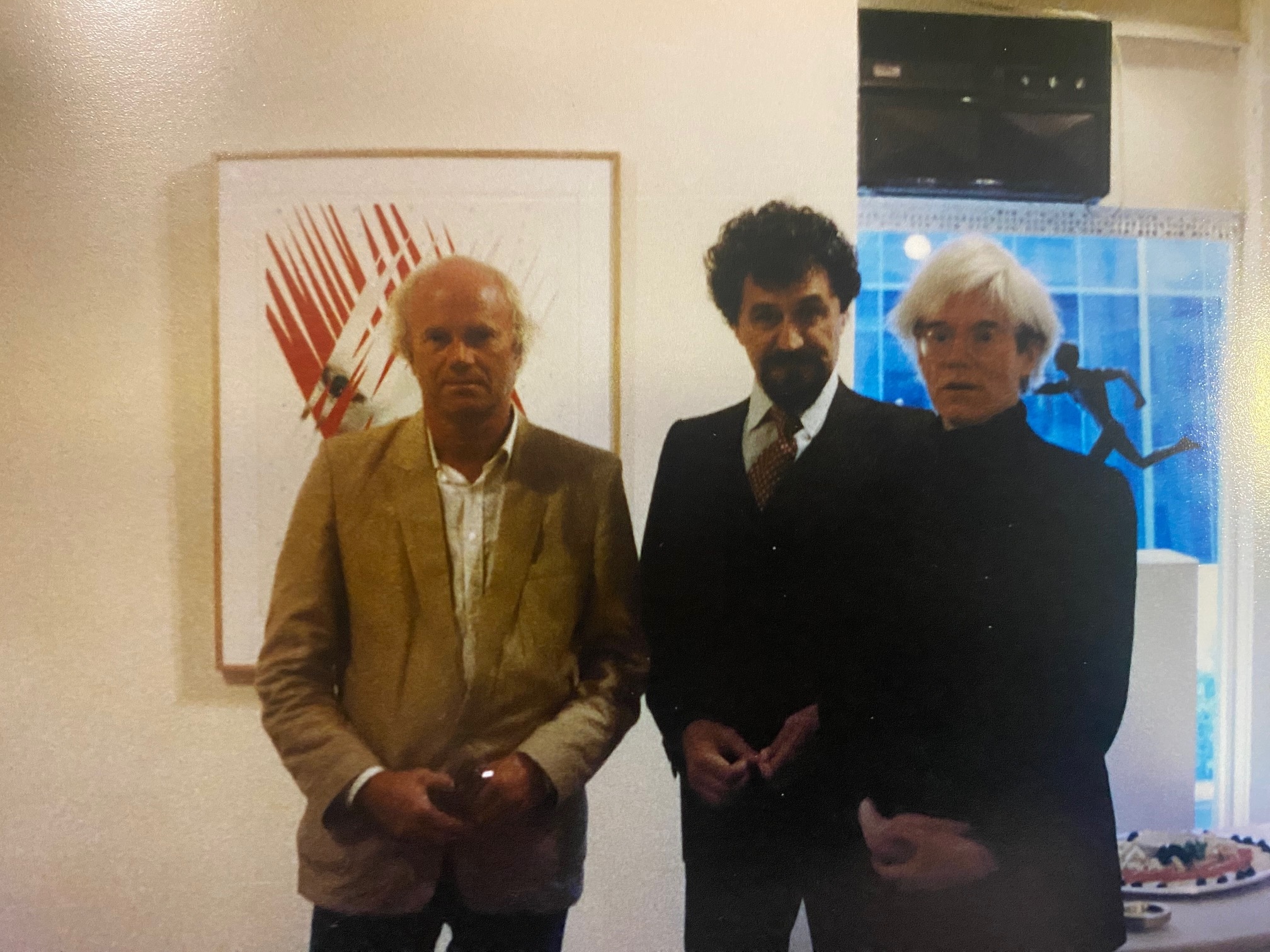
It was Robert Rauschenberg who introduced them to Rosenquist. “Rauschenberg was not only kind as a person but extremely welcoming,” says Živa, adding, “Rauschenberg’s warmth and Rosenquist’s joviality remain etched in our memories.”
The Sarajevo Olympics Art Project stands as a testament to the transformative power of art, uniting nations in a celebration of creativity and athleticism. Amidst the echoes of history, it remains a beacon of cultural splendour and artistic legacy.
Some of the original prints from the Sarajevo Olympics portfolio are exhibited at the Visconti Fine Art gallery in Ljubljana. They are also available to purchase – for more information visit www.viscontifineart.com

